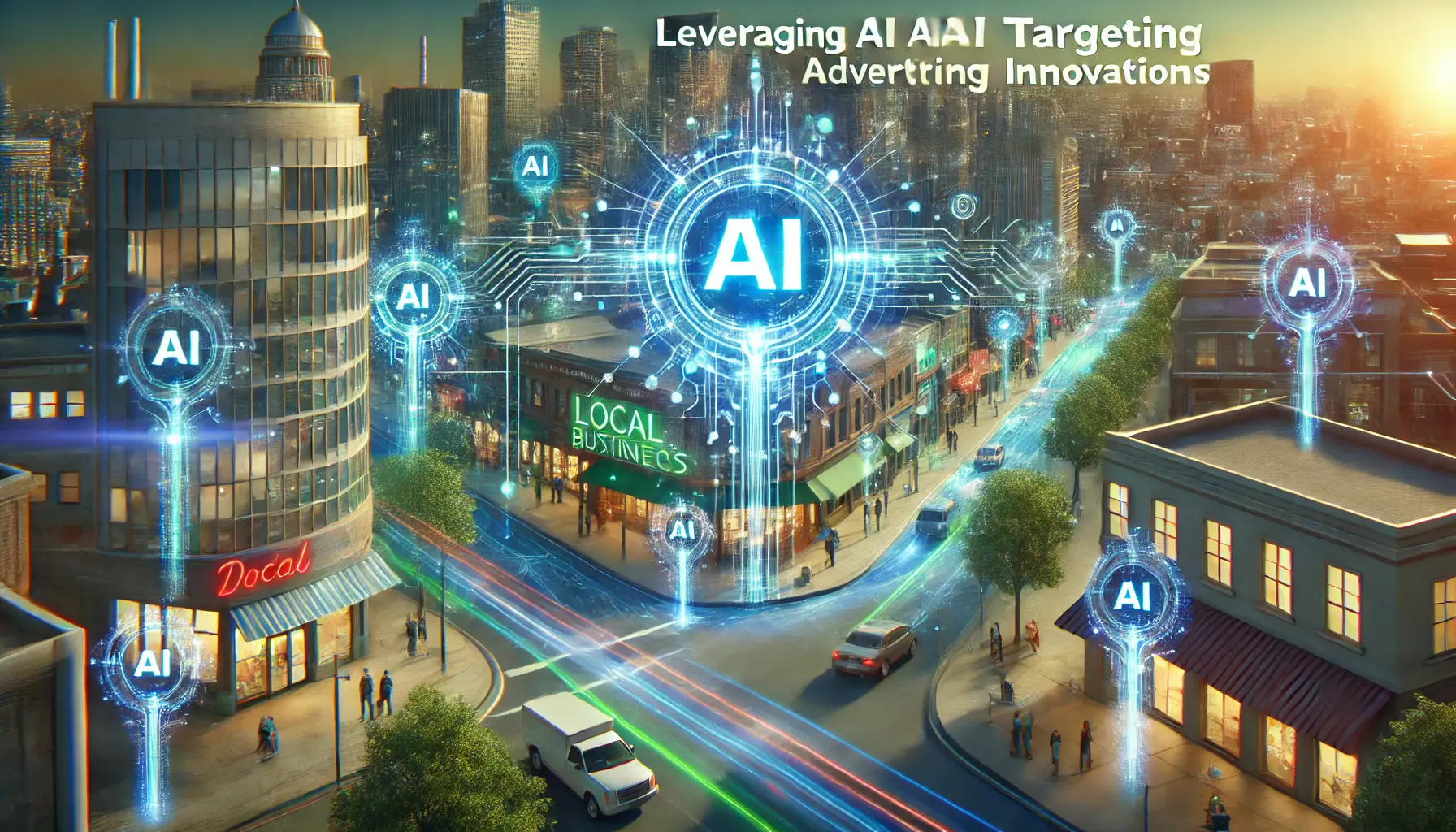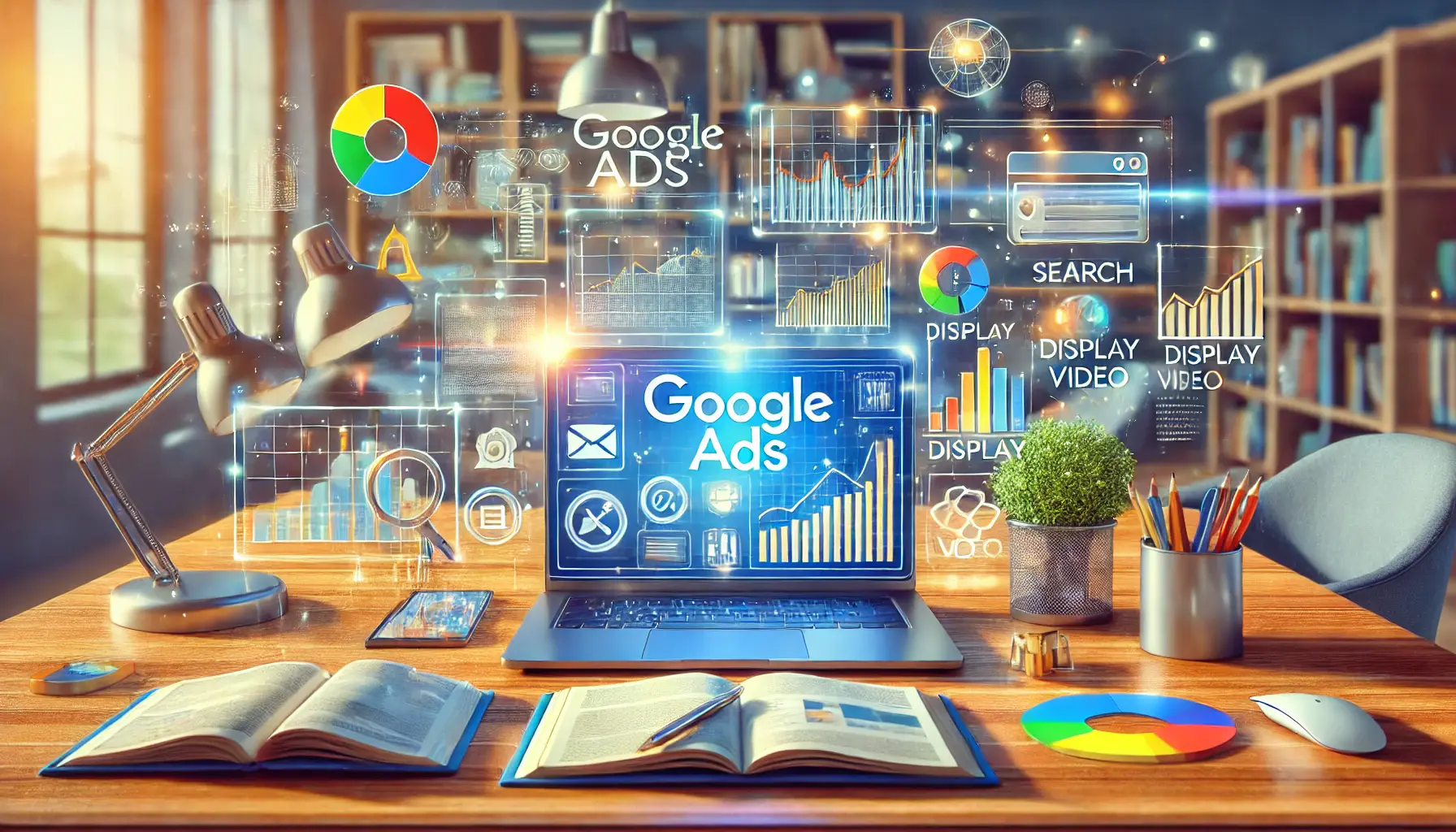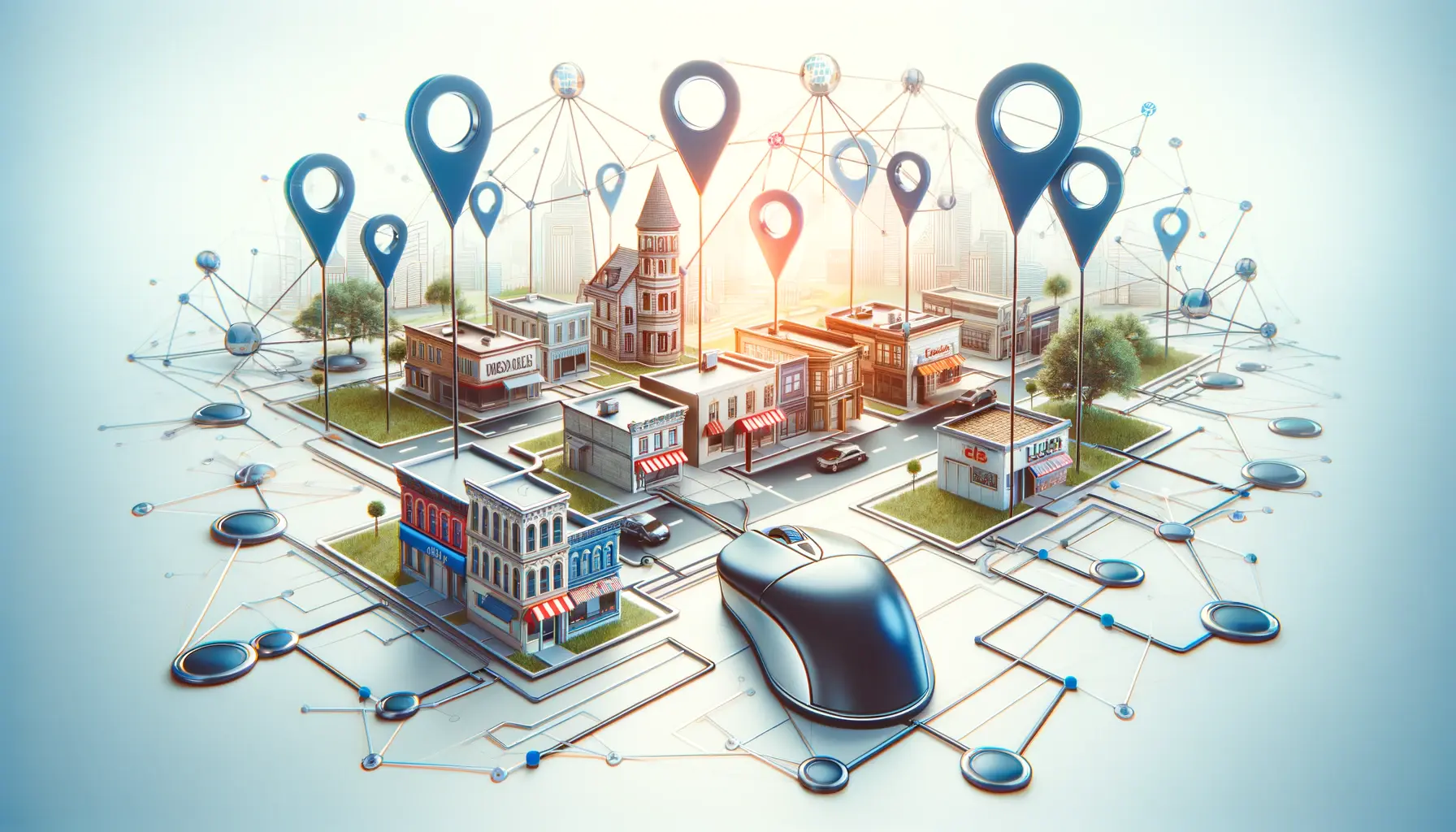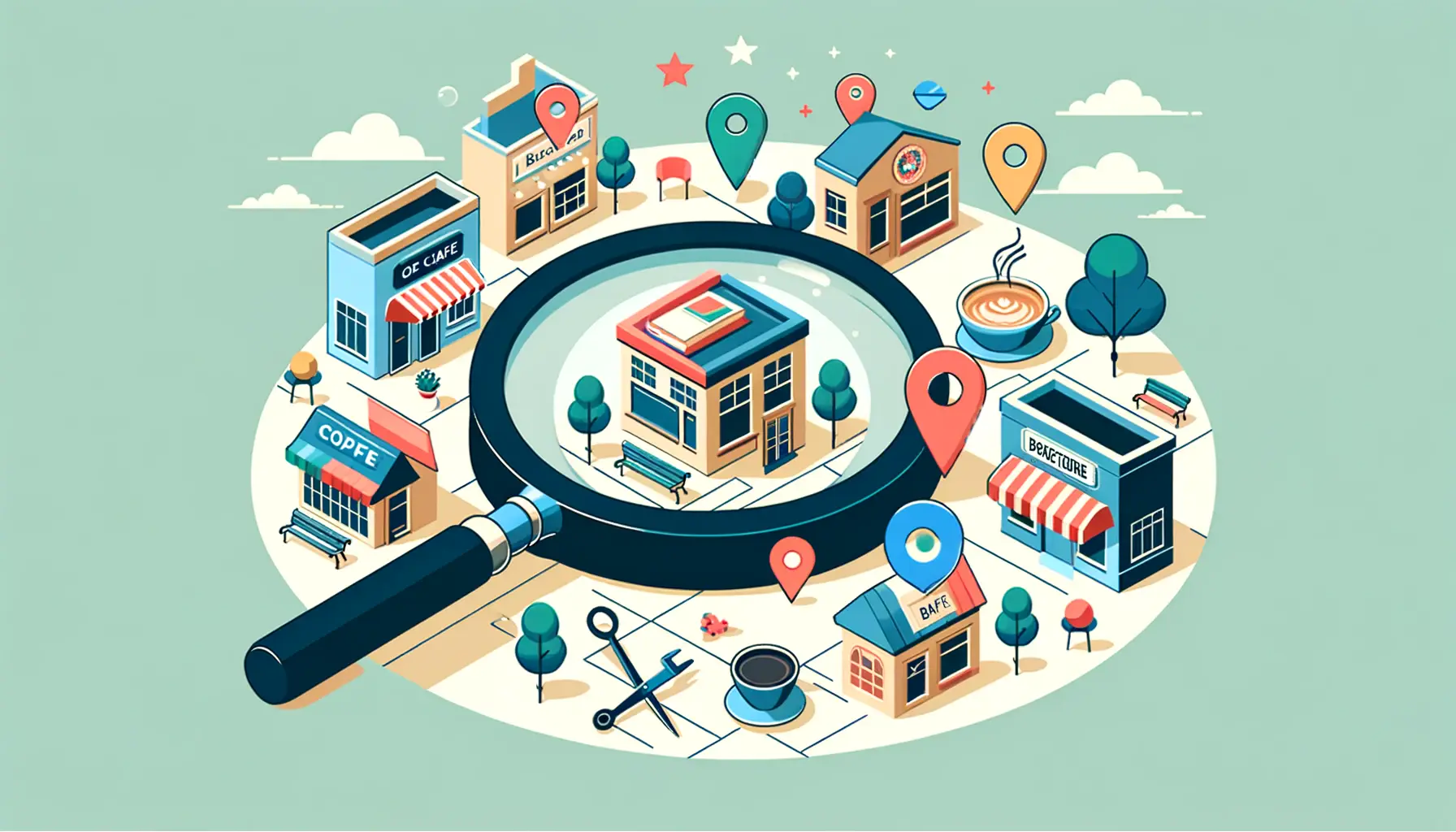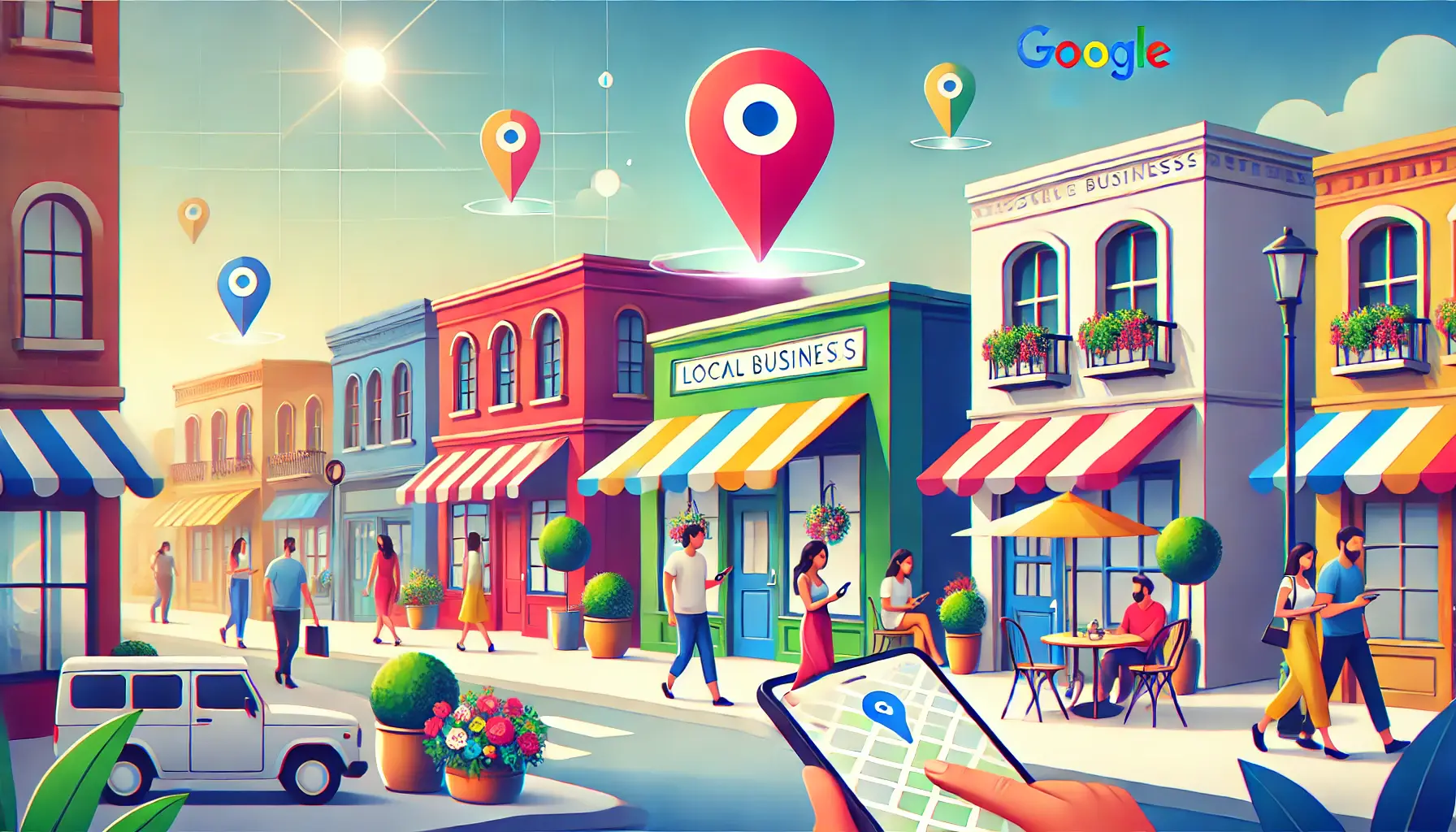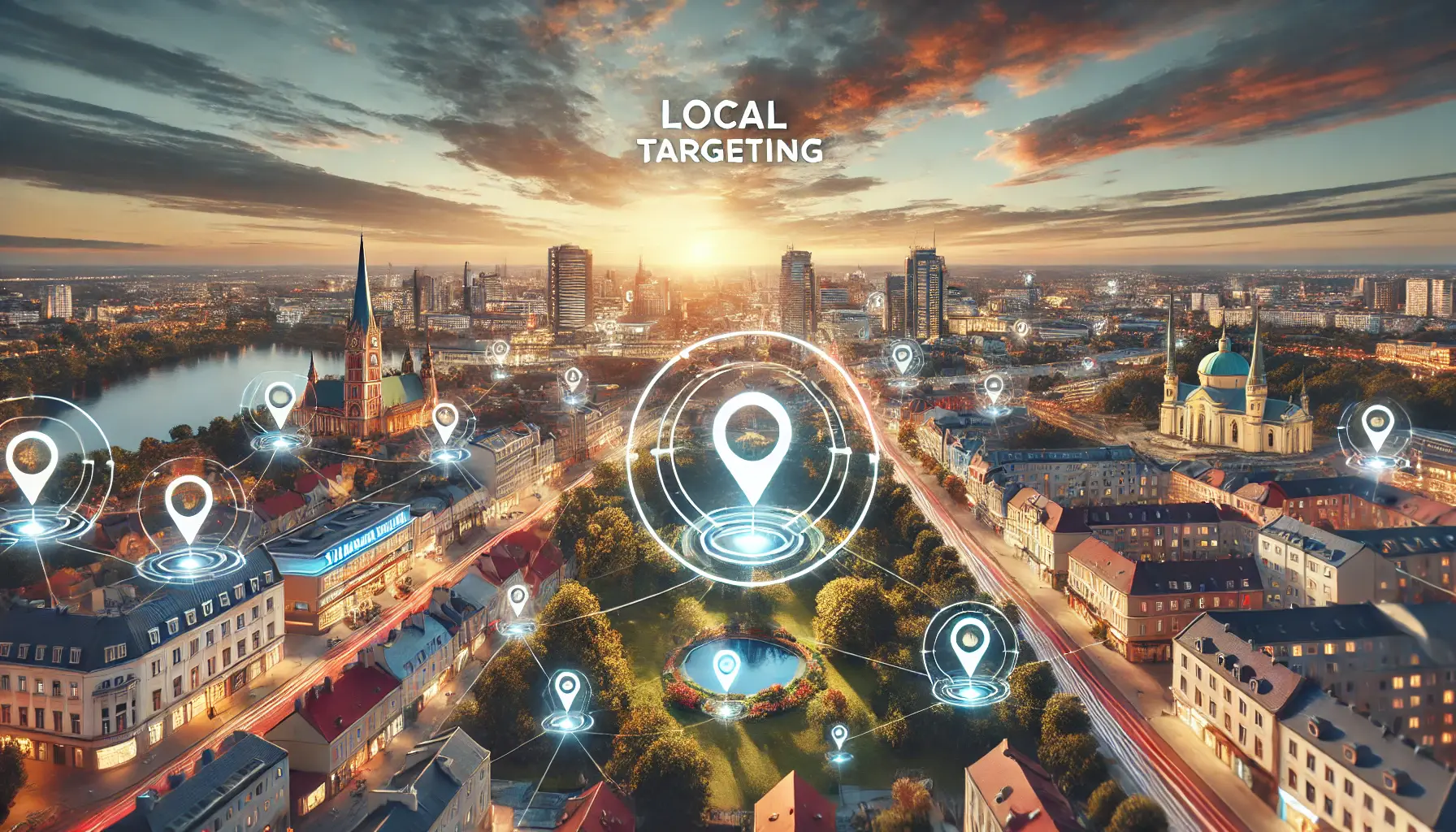In the ever-evolving world of digital marketing, AI has truly become a force to be reckoned with, especially when considering local advertising campaigns.
By analyzing an immense load of data for actionable insights, AI targetingThe use of artificial intelligence to analyze data and optimize ad delivery for specific audiences. has transformed how businesses reach their local audiences.
Whether you’re a small business owner or an experienced marketer, understanding and implementing AI-powered strategies will go a long way in giving your advertising results a significant boost.
In this article, we will explore some of the most innovative ways AI targeting is reshaping local advertising and how you can harness its potential to maximize your campaign performance.
- AI-Powered Strategies for Local Advertising
- Responsive Search Ads: Revolutionizing Local Campaigns
- Hyperlocal Marketing: Real-Time Personalization with AI
- Future Trends in AI Targeting for Local Advertising
- Maximizing ROI with AI-Driven Local Google Ads Strategies
- Maximizing the Potential of AI Targeting in Local Advertising
- Commonly Asked Questions on AI Targeting in Local Advertisements
AI-Powered Strategies for Local Advertising
AI targeting offers unique opportunities for businesses to enhance their local advertising campaigns.
By incorporating AI-driven tools and techniques, you can ensure that your ads reach the right audience at the right time.
Let’s dive into some effective strategies you can use to transform your local campaigns.

Visual representation of AI-driven smart bidding techniques in digital advertising.
Implementing Smart Bidding Techniques
One of the most potent ways AI is used in advertising is smart biddingAn AI-driven strategy that automatically adjusts ad bids to achieve specific campaign goals..
This feature lets advertisers programmatically optimize their bids for real-time insights into user behavior and the likelihood of conversion.
With AI-powered algorithms, you can set bid strategies that prioritize clicks, impressions, or conversions, depending on your campaign goals.
- Maximize Conversions: AI learns from your campaign data to adjust bids, ensuring you get the best possible results.
- Target ROAS (Return on Ad Spend): AI helps allocate your budget more efficiently by focusing on the most profitable opportunities.
- Enhance Efficiency: Automating the bidding process saves time and reduces manual errors, allowing you to focus on strategy.
Smart bidding not only improves efficiency but also ensures your ads perform better in competitive local markets.
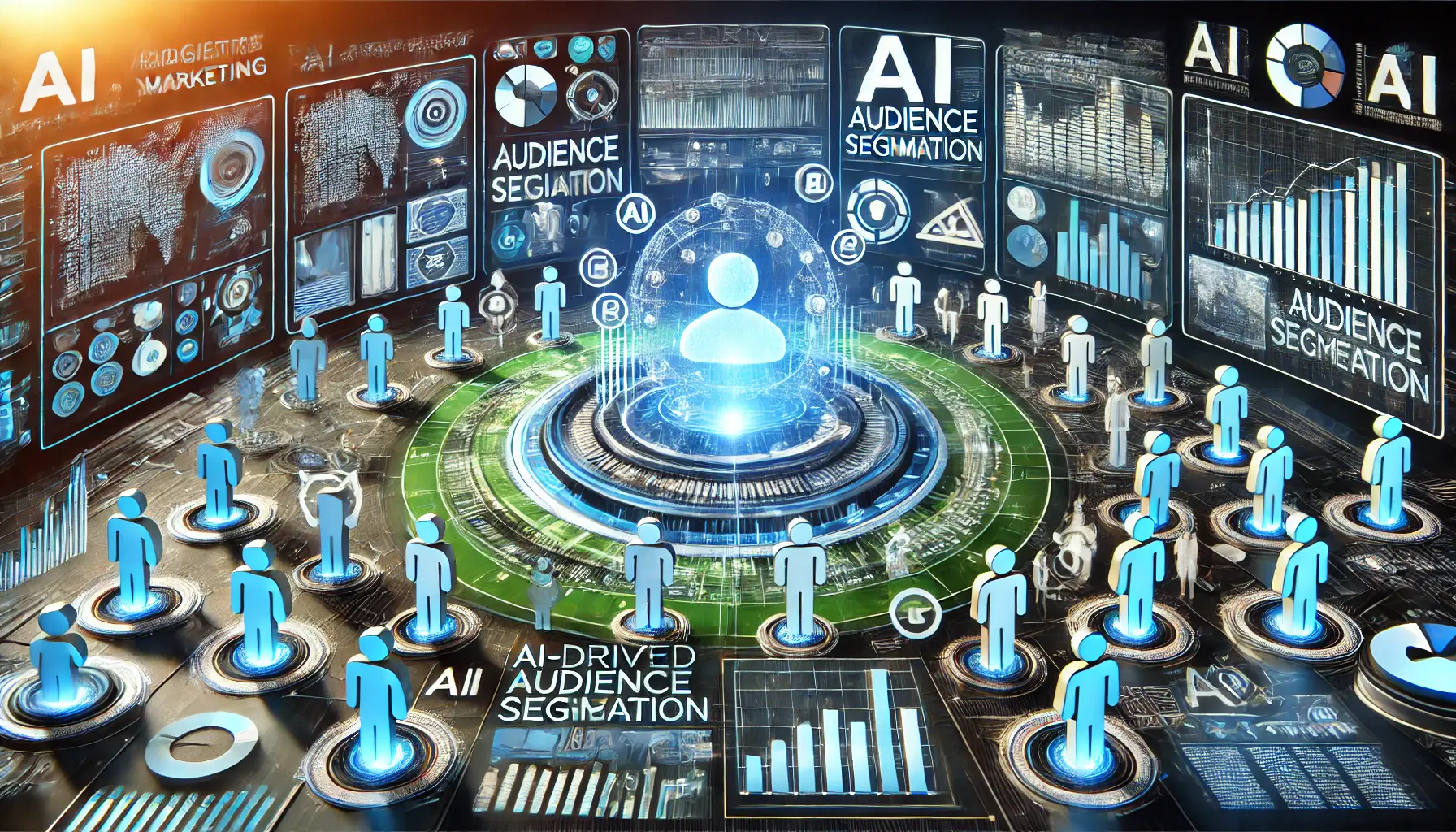
Illustration of AI-driven audience segmentation in digital marketing.
Utilizing AI-Driven Audience Segmentation
Audience segmentation is the cornerstone of effective advertising, and AI takes it to the next level.
By analyzing user data, AI can identify patterns and behaviors that traditional methods might overlook.
This enables you to create hyper-targeted campaigns tailored to specific audience segments.
- Behavioral Insights: AI-powered analytics provide a deeper understanding of audience preferences and behaviors.
- Custom Segments: Create personalized ad content based on different demographics or interests.
- Real-Time Updates: AI ensures your segments remain relevant with automatic updates as new data trends emerge.
By leveraging the power of AI-driven audience segmentation, you can better engage your audience and foster more personal connections with your local community.
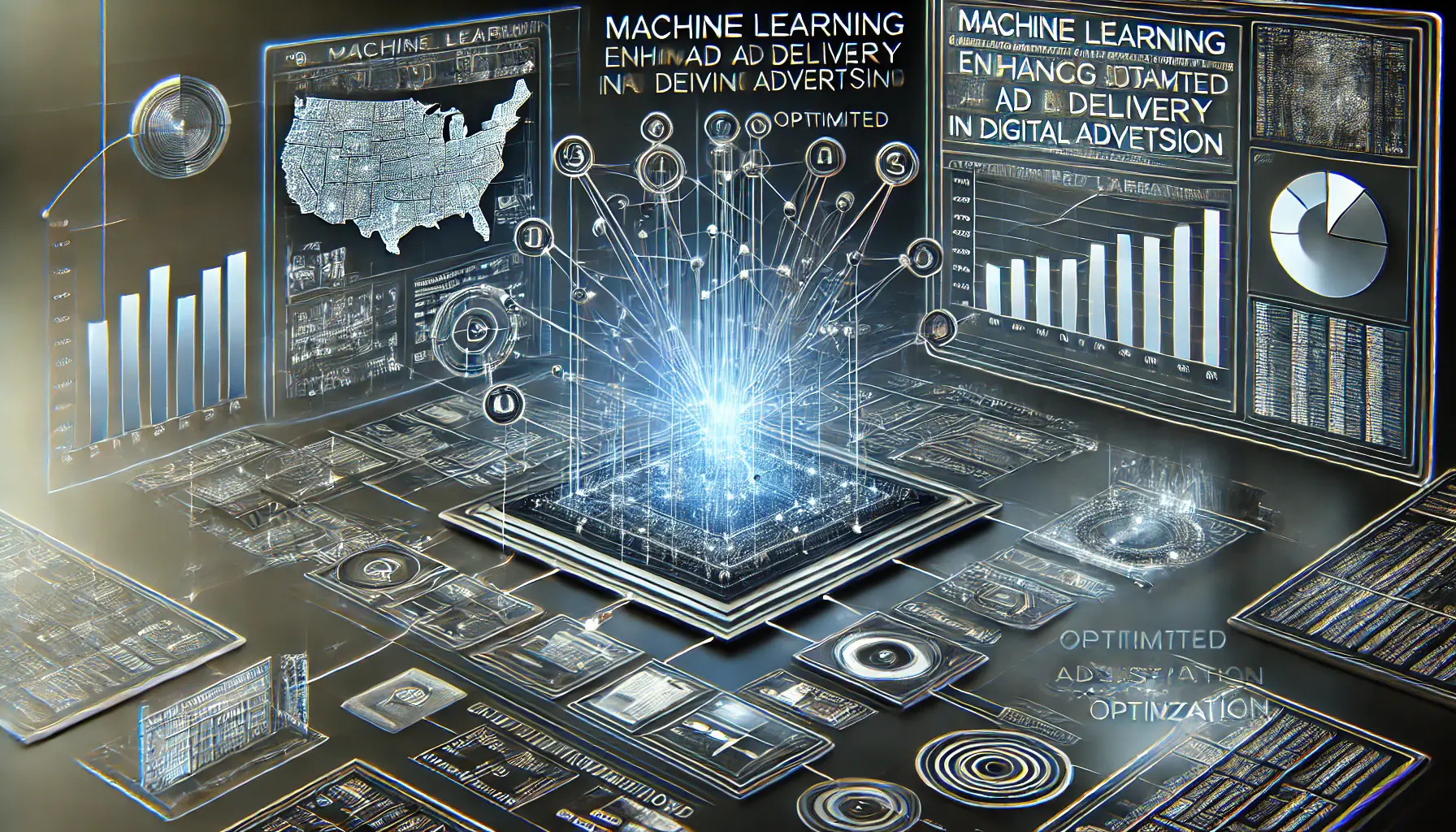
Visual representation of machine learning optimizing ad delivery through dynamic data and algorithmic analysis.
How Machine Learning Can Better Your Ad Delivery
Machine learning algorithms form the backbone of ad delivery optimization.
These algorithms evaluate a large volume of data points—such as user interaction, device preferences, and location—to predict which ads will perform best for particular audiences.
This ensures that your ads are not only relevant but are also delivered at the most impactful times.
- Optimized Timing: Reach your audience at the times when engagement with your ads is most likely.
- Dynamic Creativity: Use AI to dynamically customize ad creatives to suit the diverse preferences of your audiences.
- Better ROI: Improve results by minimizing wastage and ensuring that ads reach highly receptive audiences.
Incorporating machine learningA subset of AI that enables systems to learn and improve from data without explicit programming. into your ad delivery strategy ensures that your local campaigns achieve maximum efficiency and relevance.
AI targeting transforms local advertising by ensuring ads reach the right audience at the right time, maximizing efficiency and impact.
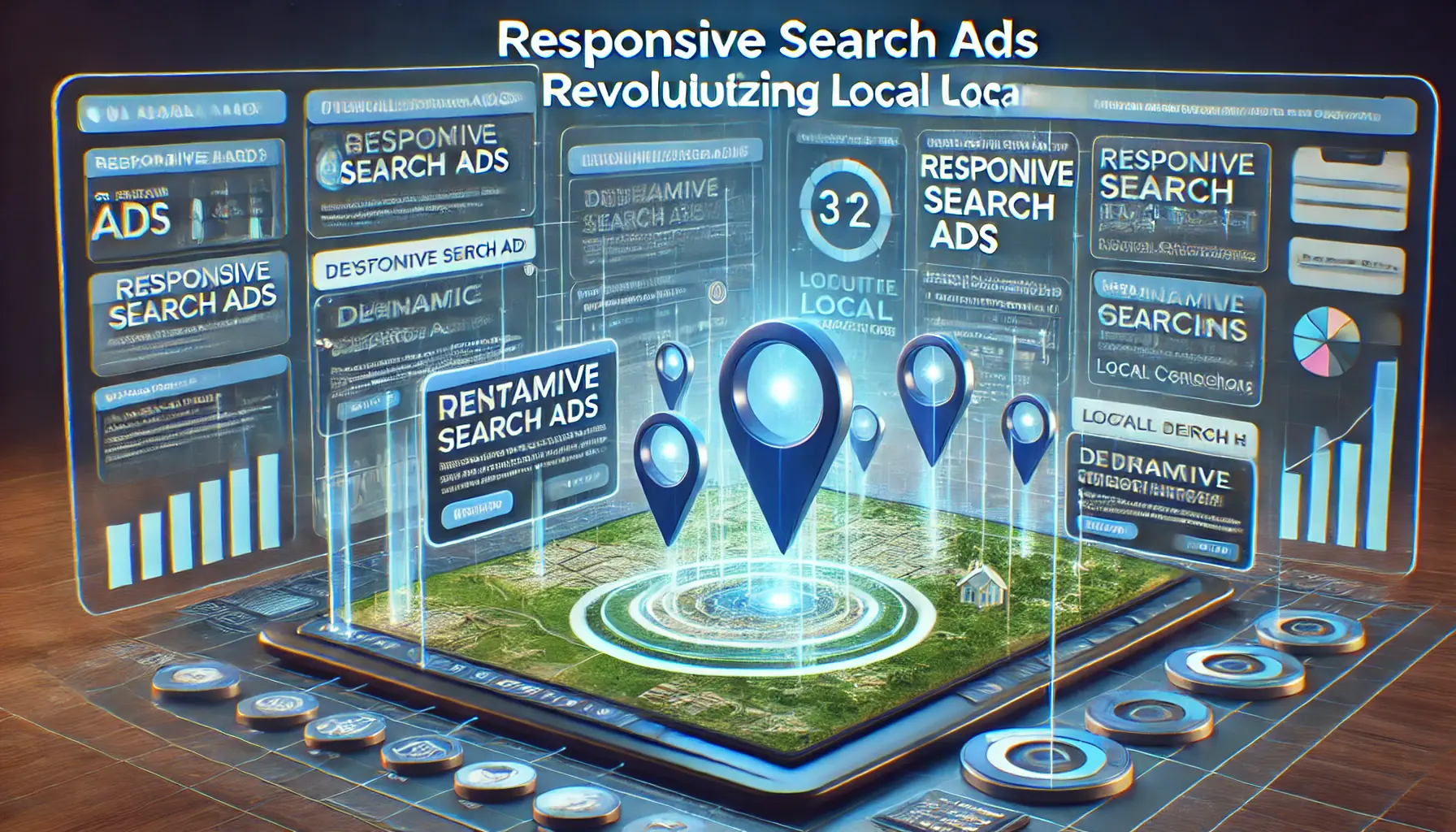
Illustration of responsive search ads dynamically adjusting for local campaigns through real-time optimization.
Responsive Search Ads: Revolutionizing Local Campaigns
In today’s dynamic digital advertising landscape, Responsive Search AdsAn ad format that uses AI to dynamically generate and display the most relevant ad combinations. (RSAs) have emerged as a pivotal tool for enhancing local campaigns.
By leveraging AI targeting, RSAs enable businesses to deliver more personalized and effective advertisements to their local audiences.
Let’s explore how RSAs are transforming local advertising strategies.
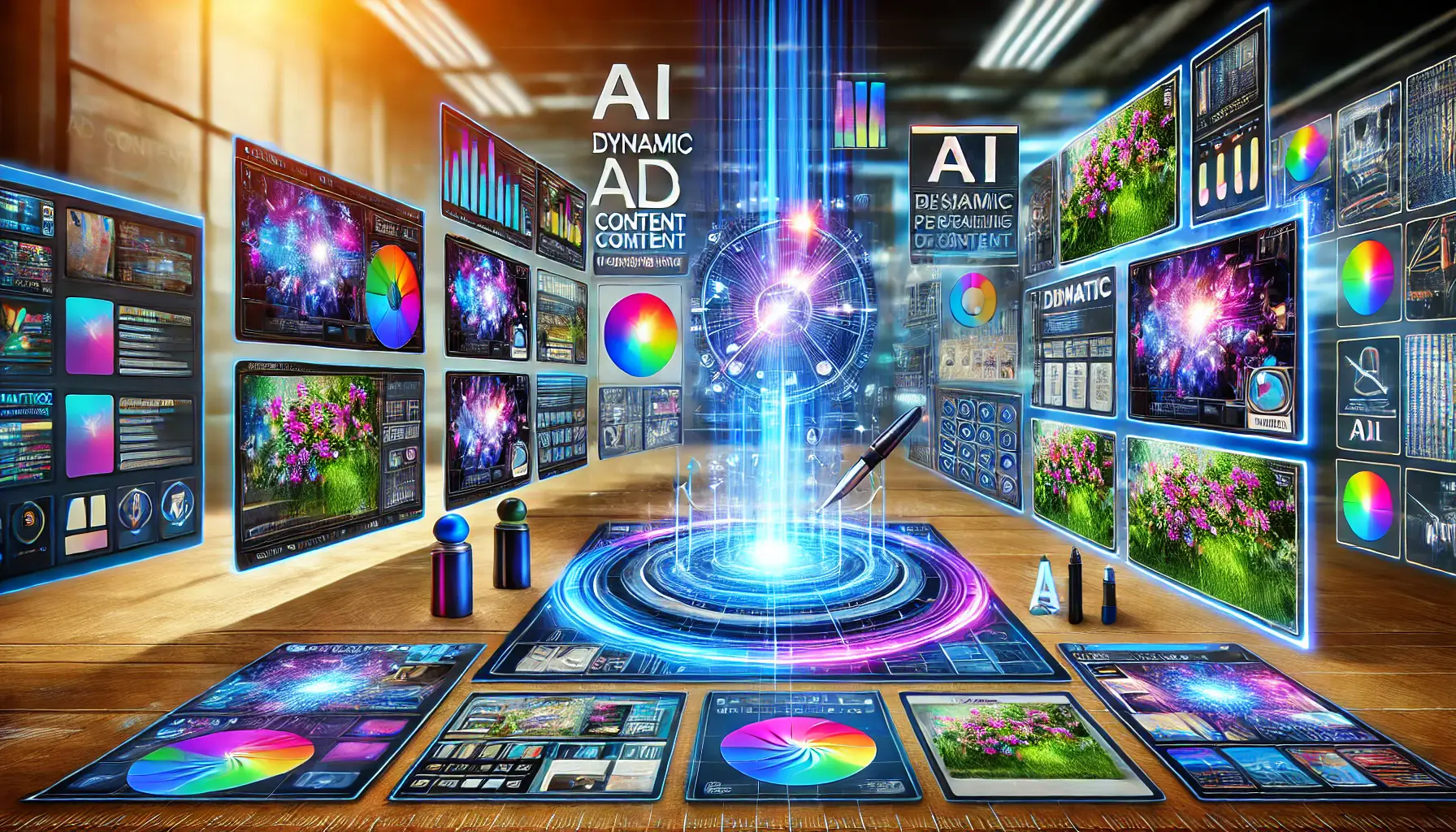
undefined
Creating Dynamic Ad Content with AI
Responsive Search Ads use AI to automatically generate combinations of ads that better match users’ search queries.
By submitting multiple headlines and descriptions, AI algorithms test and find the best combinations so that your ads are relevant and interesting.
- Increased Relevance: AI analyzes user intent and shows only the most relevant ad variations.
- Greater Reach: More ad combinations increase the chances of matching diverse search queries.
- Improved Performance: Tailored ad content leads to higher engagement and conversion rates.
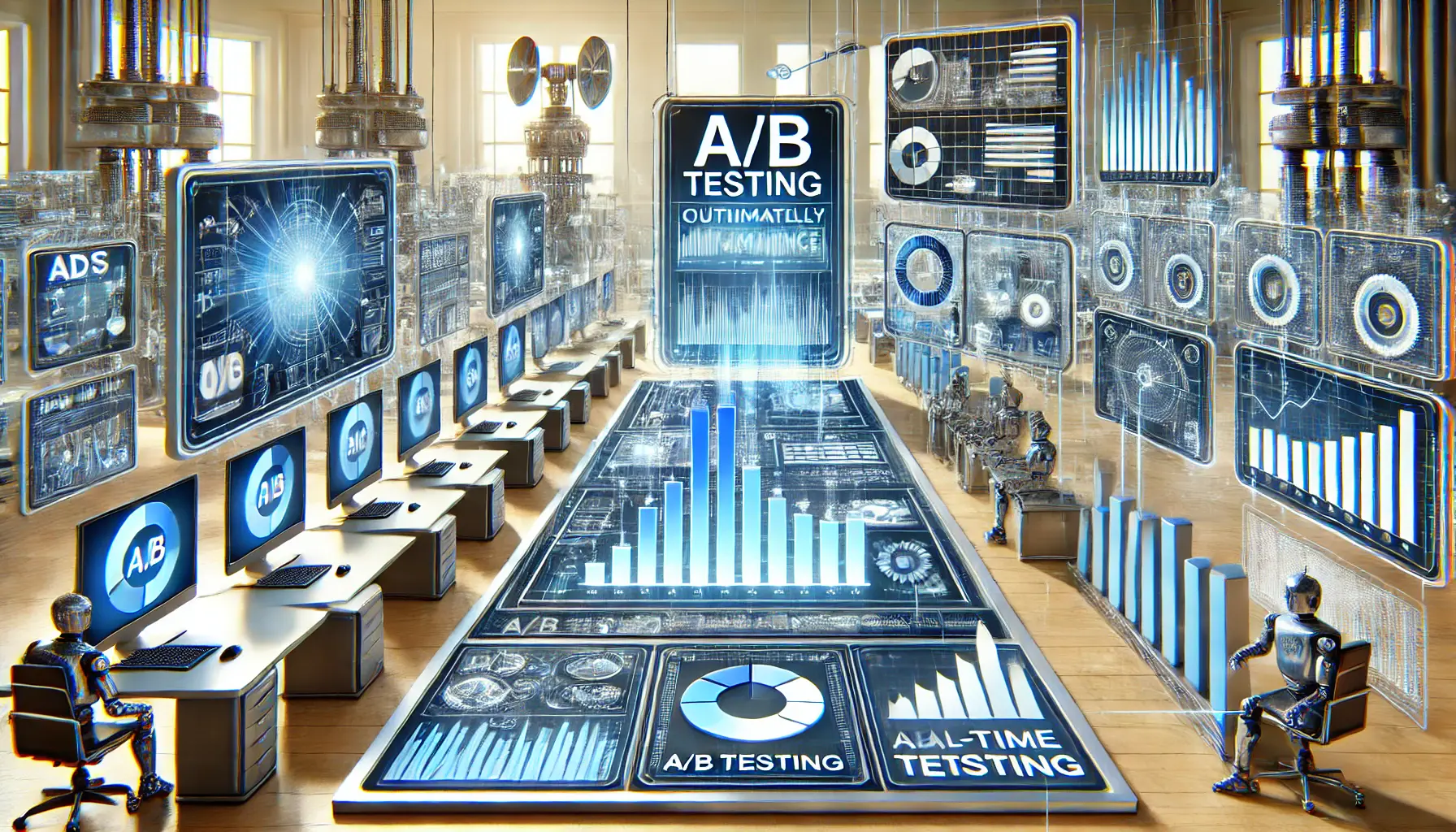
Visual representation of automated ad performance testing and optimization in a digital workspace.
Optimizing Ad Performance through Automated Testing
AI-driven RSAs continuously test different ad variations to determine which perform best.
This automated process eliminates the need for manual A/B testing, allowing for real-time optimization based on user interactions.
- Efficiency: Automated testing saves time and resources compared to traditional methods.
- Real-Time Adaptation: Ads adjust promptly to changing user behaviors and market trends.
- Data-Driven Decisions: Insights from AI testing inform future ad strategies.
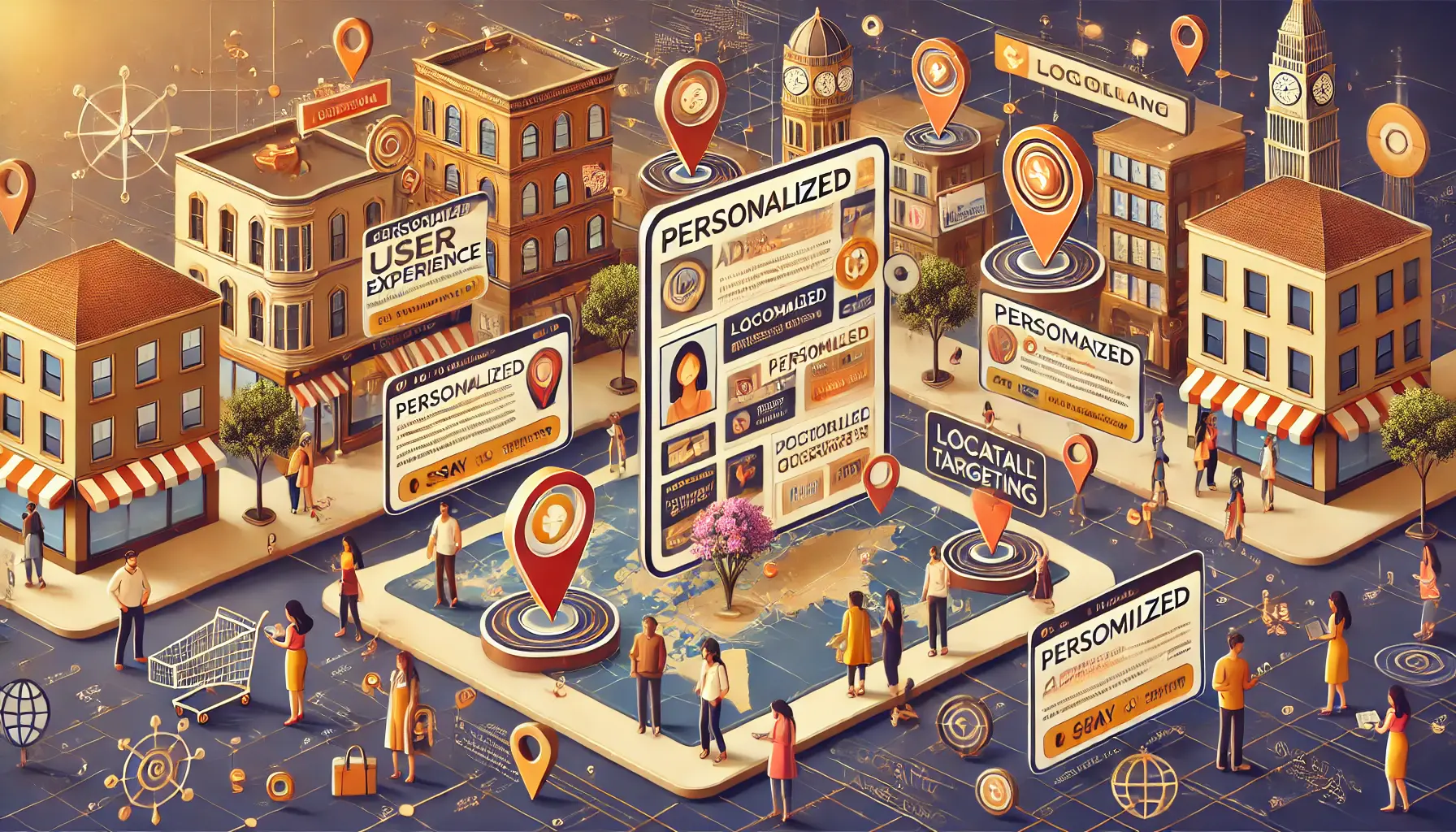
Illustration of personalized user experiences through targeted local advertising.
Personalizing User Experience in Local Markets
RSAs enable businesses to tailor ad content to specific local markets, enhancing user experience and engagement.
By incorporating location-specific information and offers, ads become more relevant to local consumers.
- Localized Messaging: Tailor the ad copy to reflect local culture and preferences.
- Targeted Promotions: Provide offers and information relevant to local audiences.
- More Engagement: Personalized ads create a better relationship with users.
By incorporating Responsive Search Ads into your local advertising strategy, you can unlock the power of AI targeting to deliver dynamic, optimized, and personalized ad experiences that drive results in your campaigns.
Responsive Search Ads dynamically adjust ad content to match user queries, but require careful setup to avoid irrelevant combinations.
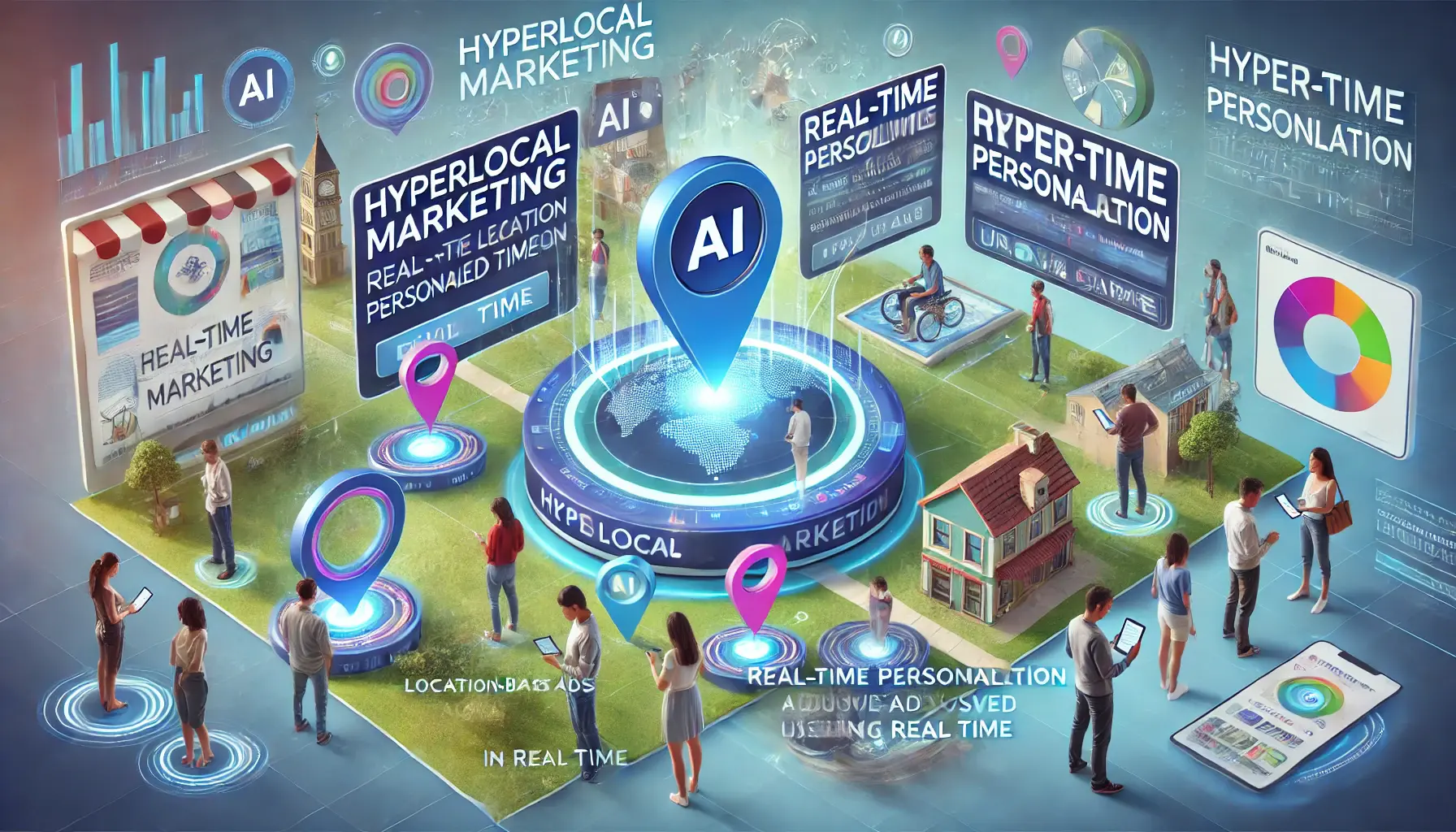
Visual representation of AI-driven hyperlocal marketing and real-time personalization for specific local audiences.
Hyperlocal Marketing: Real-Time Personalization with AI
In the competitive landscape of digital marketing, reaching customers in their immediate vicinity has become increasingly vital.
Hyperlocal marketing, enhanced by AI targeting, allows businesses to engage consumers with personalized, real-time content tailored to their specific locations and behaviors.
Let’s delve into how AI is revolutionizing hyperlocal marketingA marketing strategy that targets specific geographic areas or local audiences. strategies.

Illustration of leveraging location-based data for precise targeting in digital marketing.
Leveraging Location-Based Data for Targeting
AI targeting enables businesses to analyze vast amounts of location-based data, identifying patterns and preferences unique to specific geographic areas.
By understanding these local nuances, companies can craft marketing messages that resonate deeply with their audience.
- Precision Targeting: AI analyzes local data to deliver ads to the right audience at the optimal time.
- Customized Content: Tailor marketing messages to reflect local events, culture, and consumer behavior.
- Enhanced Engagement: Relevant, location-specific content increases customer interaction and conversion rates.
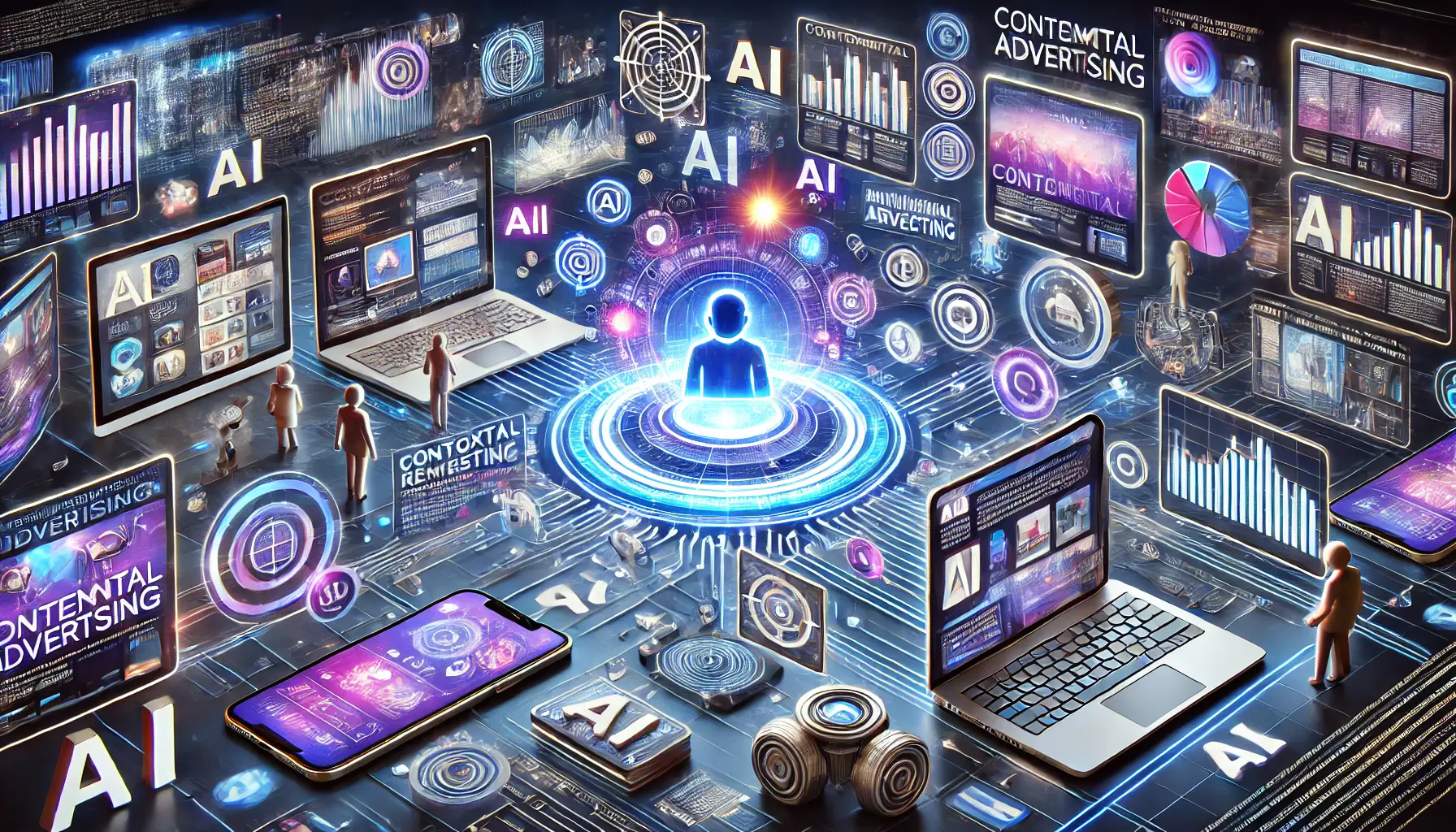
undefined
AI-Driven Contextual Advertising Strategies
Contextual advertising involves placing ads that align with the content a user is currently engaging with.
AI enhances this by analyzing user behavior and environmental factors in real-time, ensuring that advertisements are not only relevant but also timely.
- Real-Time Adaptation: AI adjusts ad content based on immediate user context and behavior.
- Increased Relevance: Deliver ads that align with current user interests and activities.
- Improved ROI: Higher relevance leads to better engagement and conversion, maximizing return on investment.
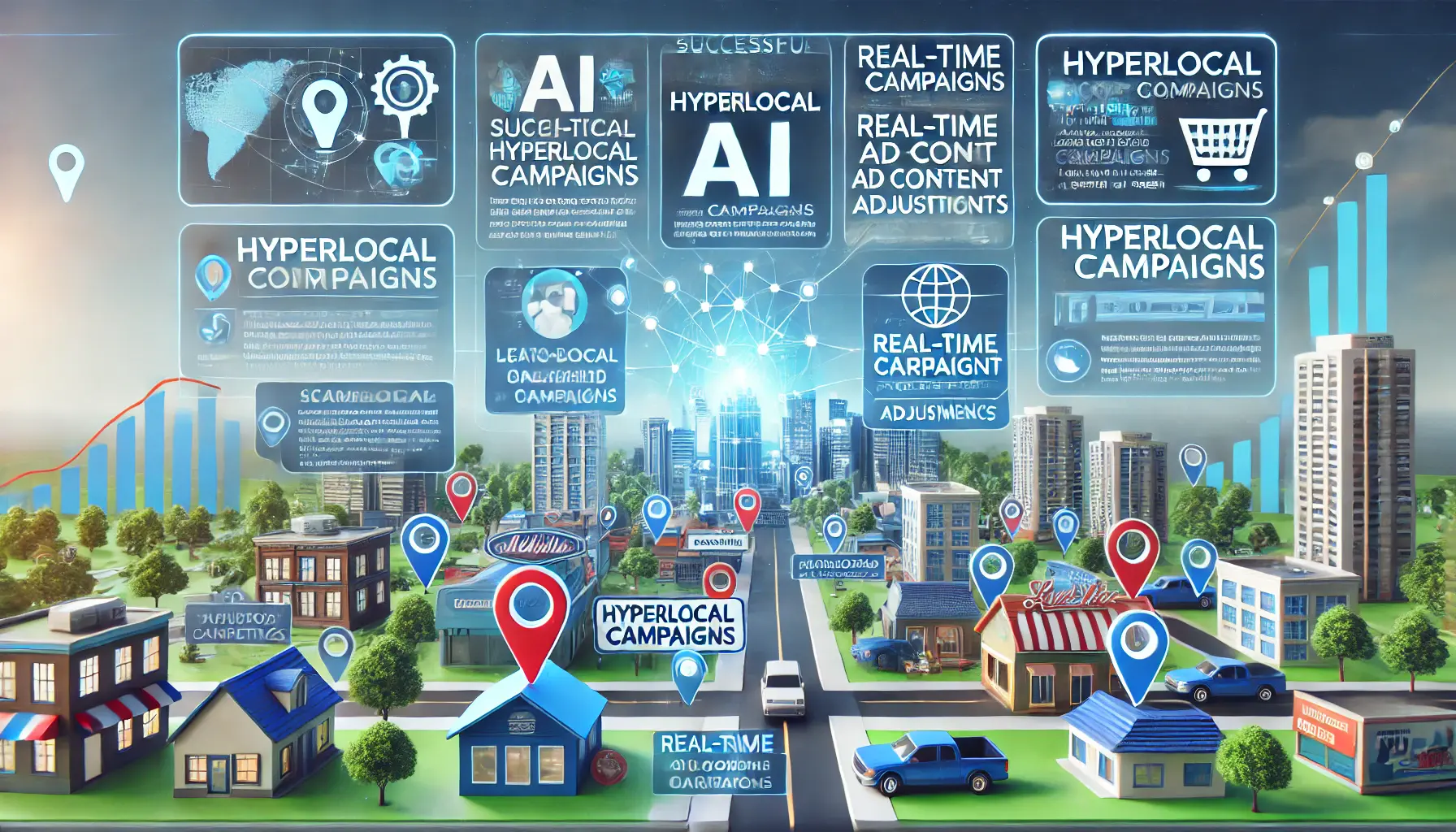
Illustration of successful hyperlocal AI campaigns in digital marketing, showcasing performance and impact on local communities.
Case Studies of Successful Hyperlocal AI Campaigns
Several brands effectively use AI-driven hyperlocal marketing to boost their presence and sales in local markets.
For example, Starbucks executes hyperlocal strategies through its partnerships with local influencers and geo-targeted hashtags, which promote location-specific menu items and events, fostering brand loyalty and increased foot traffic in targeted areas.
- Localized Influencer Partnerships: Utilizing local personalities promotes products and builds trust and involvement within the community.
- Geo-Targeted Promotions: Extend deals relevant to specific locations to encourage patronage within the area.
- Community Engagement: Participating in local events and causes helps build brand presence and loyalty.
Integrating AI targeting into your hyperlocal marketing efforts allows you to develop more personalized, contextually relevant campaigns that resonate with local audiences, increasing engagement and sales.
Hyperlocal marketing leverages AI for real-time location-based personalization, boosting relevance and engagement with local audiences.
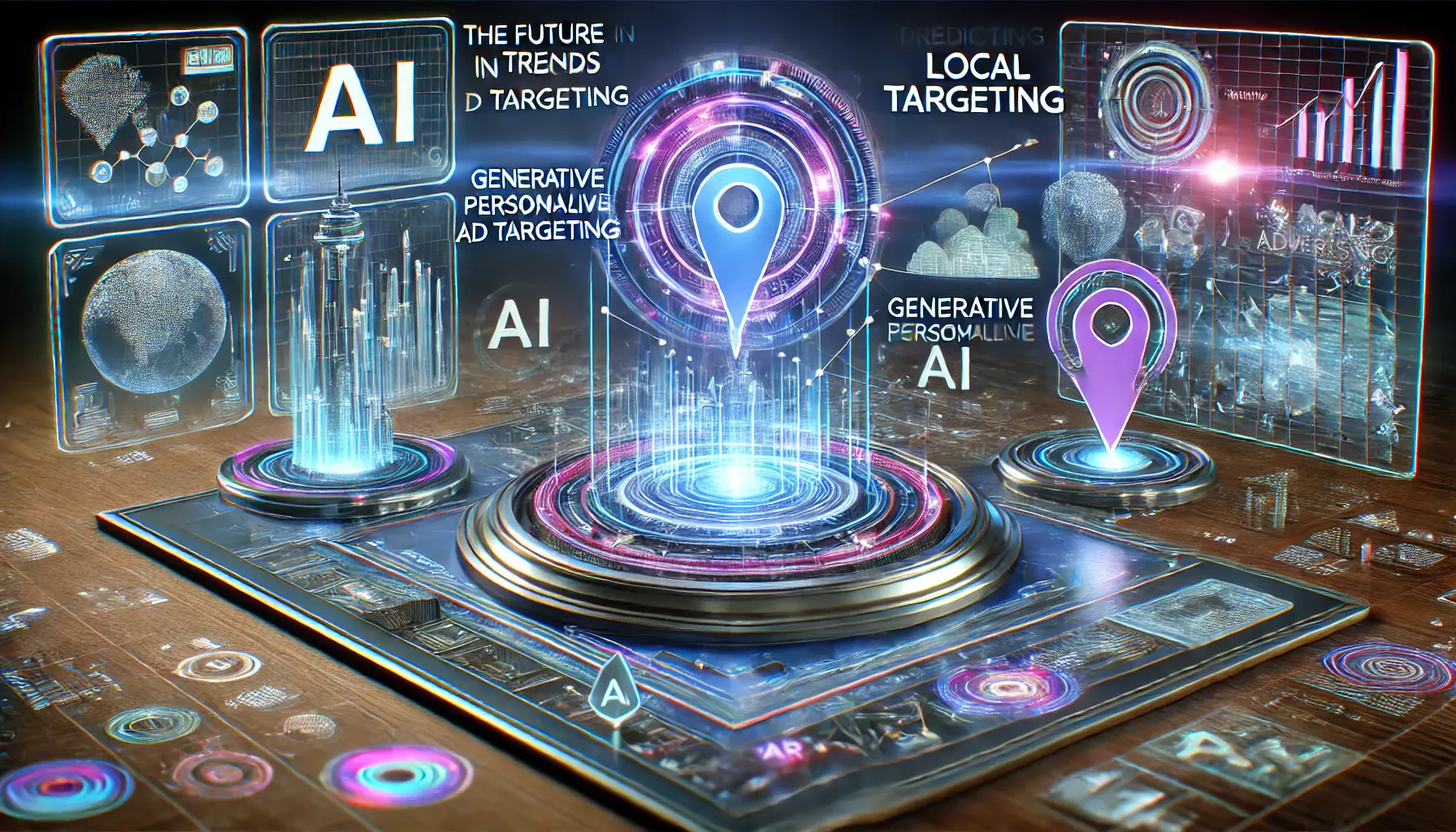
Illustration of future trends in AI targeting for local advertising, highlighting augmented reality and generative AI advancements.
Future Trends in AI Targeting for Local Advertising
As technology continues to evolve, AI targeting is set to play an increasingly pivotal role in local advertising.
Staying informed about emerging trends will enable businesses to leverage AI effectively, ensuring their marketing strategies remain competitive and relevant.
Let’s explore some key developments on the horizon.
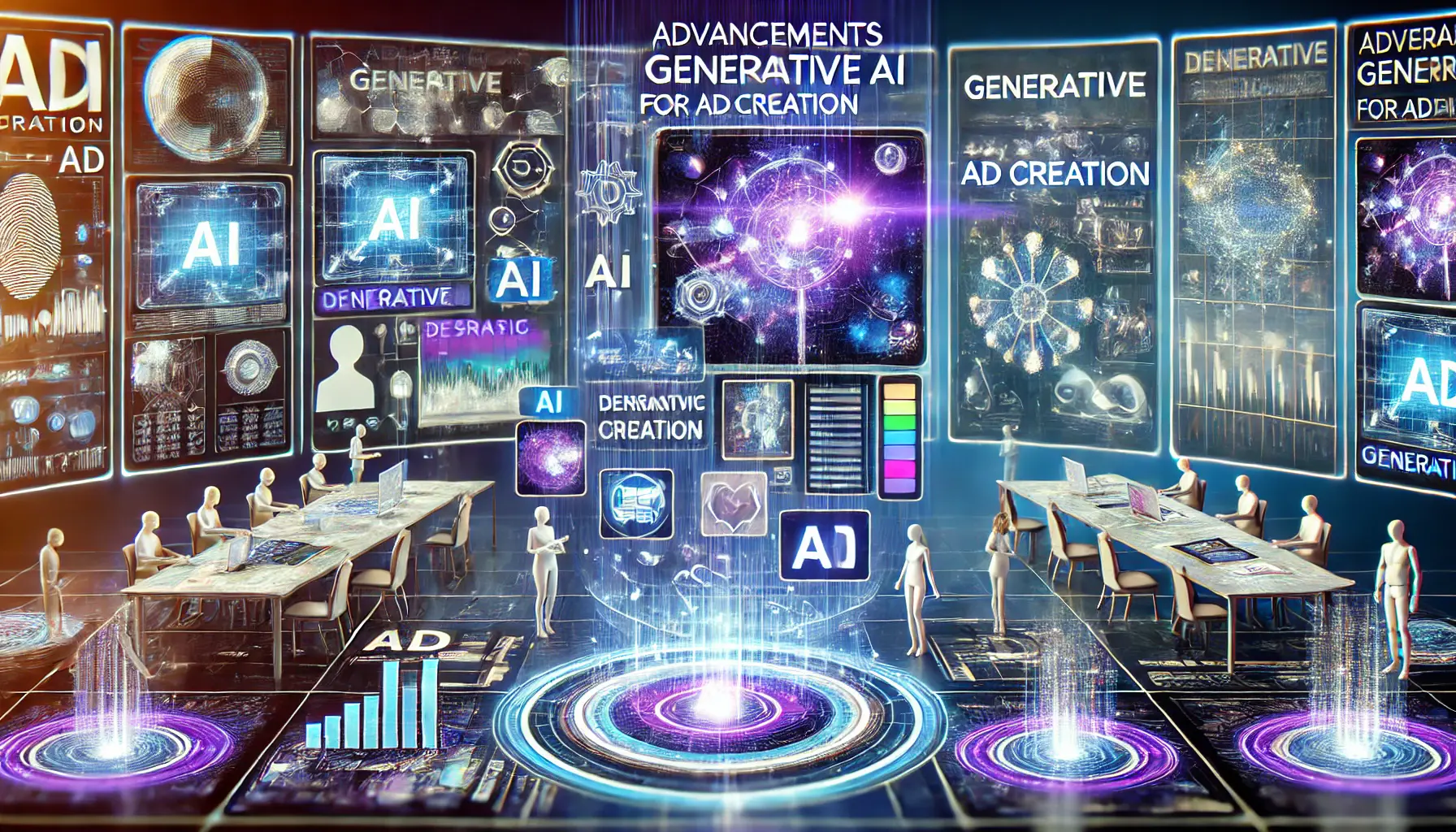
undefined
Advancements in Generative AI for Ad Creation
Generative AI is revolutionizing the way ads are created, enabling the rapid production of personalized content at scale.
By analyzing consumer data, generative AIA type of AI that creates new content, such as text, images, or videos, based on input data. can create tailored ad copy, images, and even videos that resonate with specific local audiences.
- Enhanced Personalization: The creation of ads reflecting individual preferences and behaviors.
- Increased Efficiency: A reduction in time and cost associated with traditional ad creation processes.
- Scalability: Enabling businesses to produce a high volume of diverse ads for various local markets.
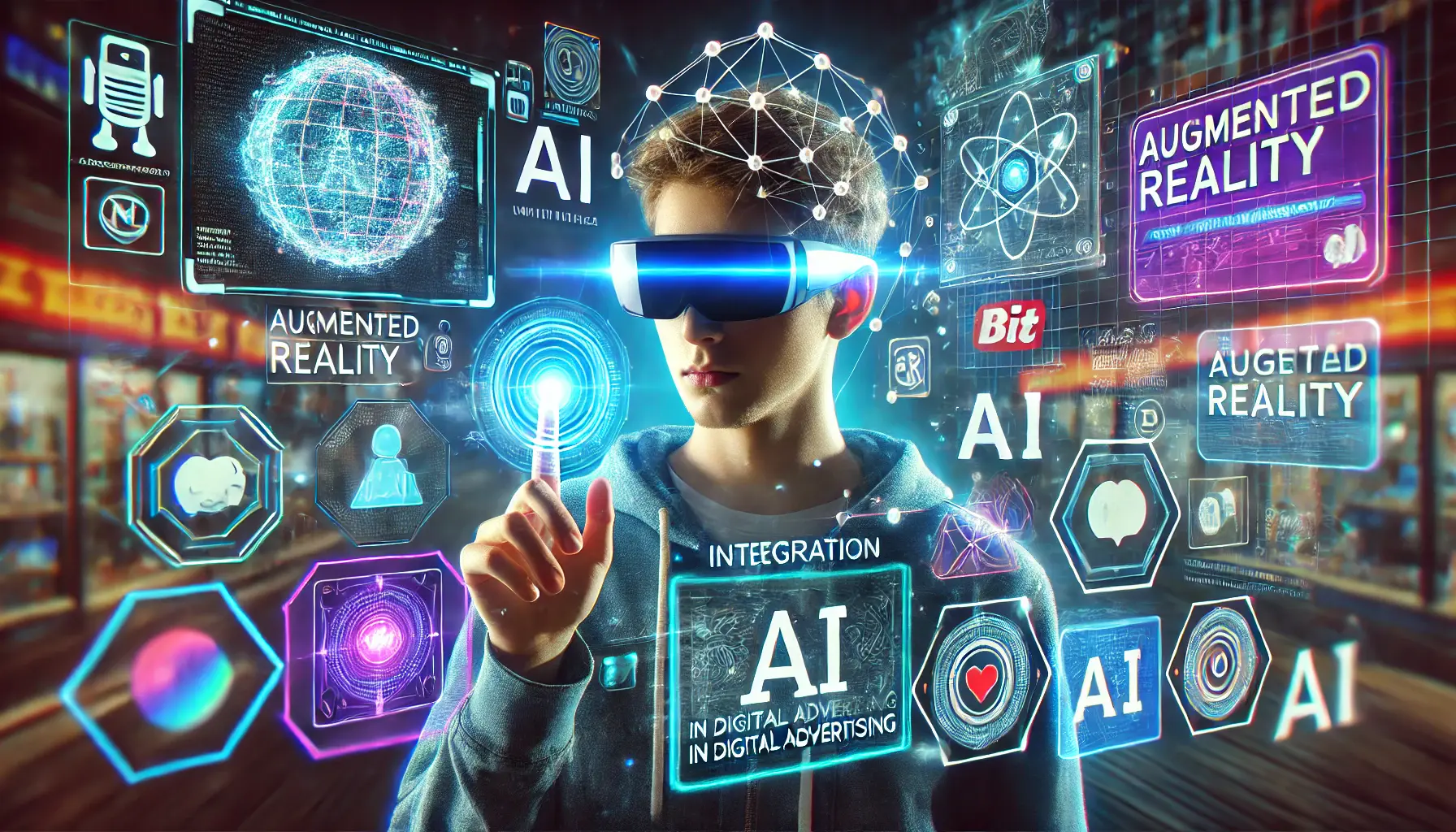
Illustration of the integration of AI with augmented reality in digital marketing, showing virtual ads and 3D models in the real world.
Integration of AI with Augmented Reality (AR) Experiences
The fusion of AI targeting with augmented realityA technology that overlays digital content onto the real world, enhancing user interaction. is poised to create immersive advertising experiences that engage local consumers in novel ways.
By utilizing AR, businesses can offer interactive content that is both informative and entertaining.
- Interactive Engagement: Allowing users to interact with products virtually within their local environment.
- Localized Content: Providing AR experiences tailored to specific geographic locations.
- Enhanced Customer Experience: Offering innovative ways for consumers to explore products and services.

Illustration of ethical considerations and data privacy in AI targeting, highlighting data protection and responsible usage.
Ethical Considerations and Data Privacy in AI Targeting
With the increasing use of AI in advertising, concerns regarding data privacy and ethical considerations are becoming more prominent.
Businesses must navigate these challenges to maintain consumer trust and comply with regulations.
- Data Transparency: Clearly communicating how consumer data is collected and used.
- Regulatory Compliance: Adhering to laws and guidelines that protect consumer privacy.
- Ethical AI Use: Ensuring that AI algorithms do not perpetuate biases or discriminatory practices.
By staying abreast of these future trends, businesses can harness the full potential of AI targeting in local advertising and create innovative, effective, and ethically sound campaigns.
Future trends in AI targeting include generative AI for scalable content, AR integration for immersive experiences, and ethical data practices for trust.
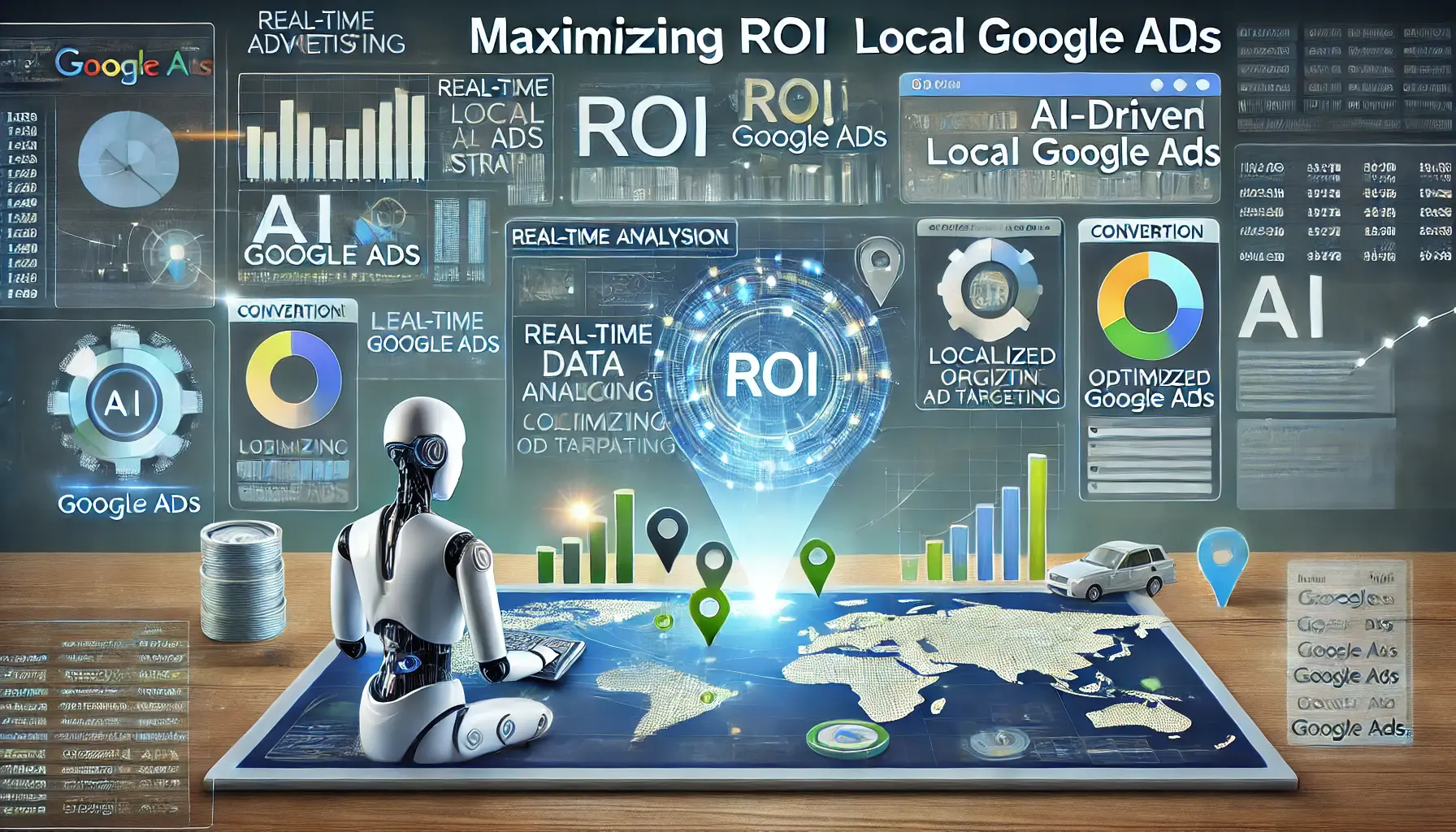
Illustration of AI-driven strategies to maximize ROI with local Google Ads campaigns.
Maximizing ROI with AI-Driven Local Google Ads Strategies
In today’s competitive digital landscape, leveraging AI targeting in your local Google Ads campaigns is essential for maximizing return on investment (ROI).
By integrating AI-driven strategies, you can enhance ad performance, reach the right audience, and optimize your advertising budget.
Let’s explore effective approaches to achieve this.
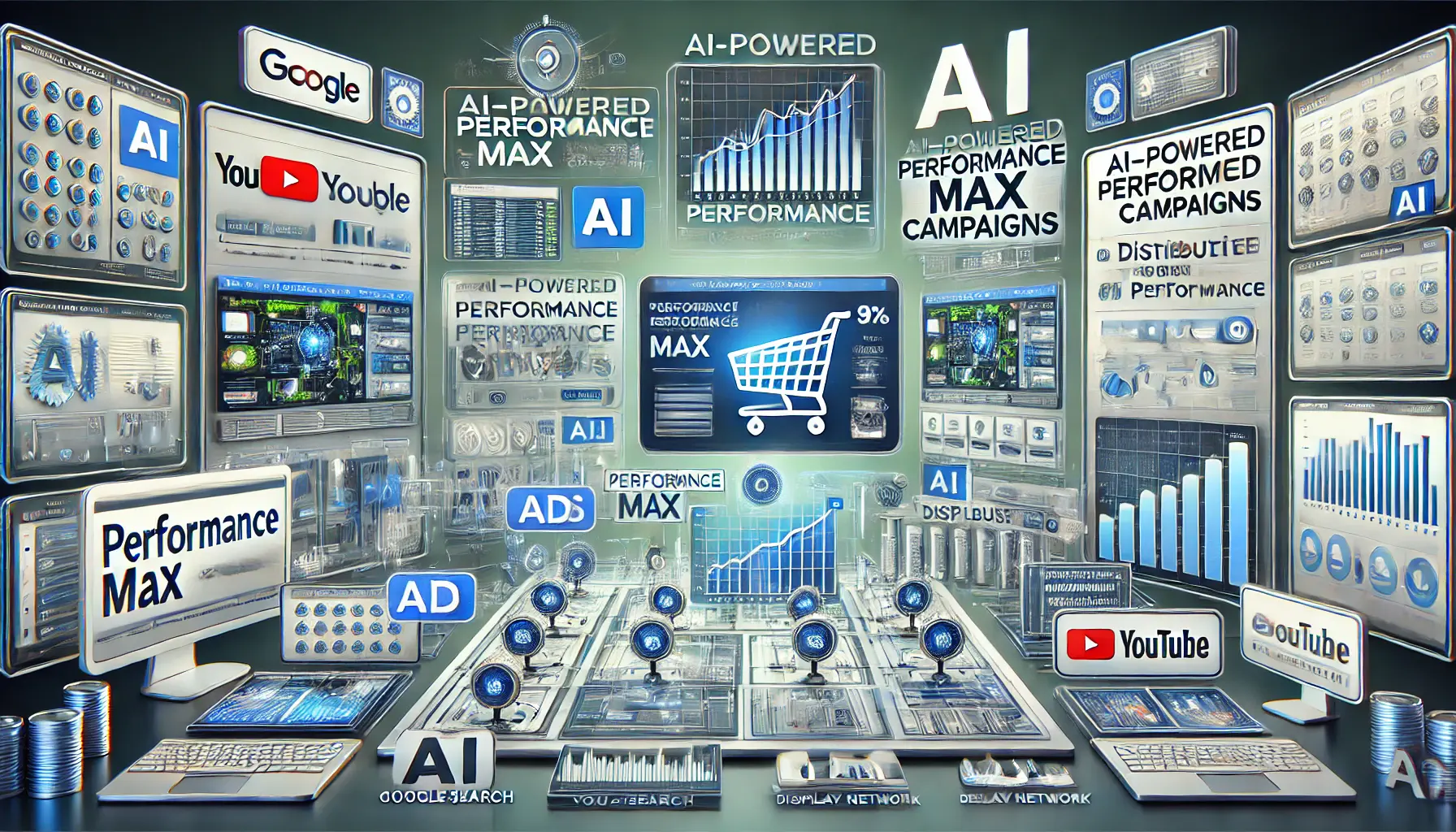
Illustration of AI-powered Performance Max campaigns optimizing ad performance across multiple platforms.
Implementing AI-Powered Performance Max Campaigns
With AI, Performance Max campaignsA Google Ads campaign type that uses AI to manage ads across multiple channels for better results. streamline ad management across Google Search, Display, YouTube, and other channels.
This approach supports budget efficiency and enhances audience targeting.
Here are some key benefits:
- Comprehensive Reach: Engage potential customers on diverse platforms with a single campaign.
- Automated Optimization: AI continuously optimizes bids and placements to maximize conversions.
- Improved ROI: Efficient resource utilization leads to higher returns on your advertising spend.
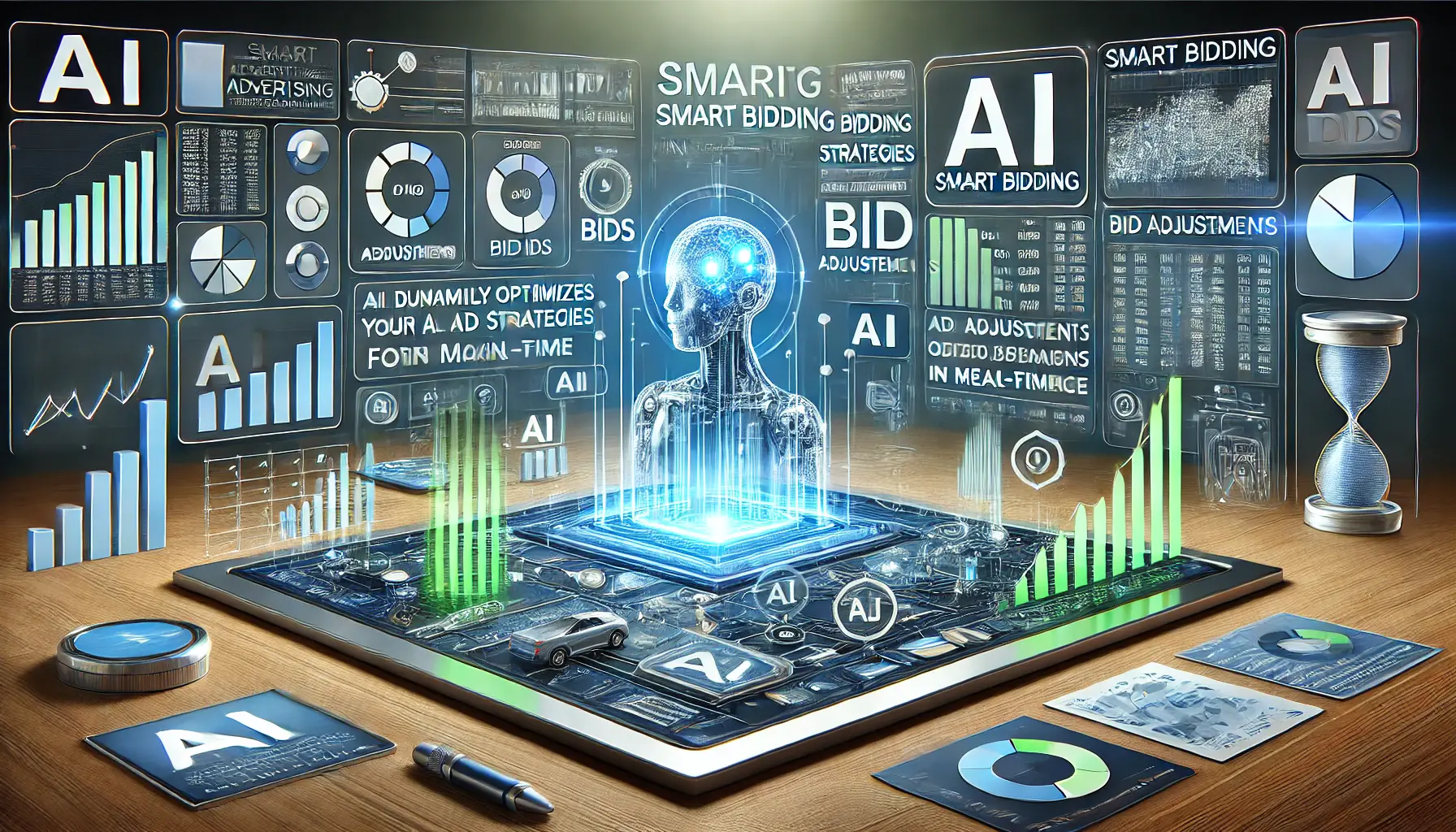
Illustration of AI-driven smart bidding strategies optimizing ad spending in digital marketing.
Utilizing AI for Smart Bidding Strategies
AI-driven smart bidding strategies analyze vast amounts of data to set optimal bids for each auction, ensuring your ads reach the most relevant audience segments.
This automation enhances efficiency and effectiveness in your local advertising efforts.
- Real-Time Adjustments: AI adapts bids based on real-time data, improving ad performance.
- Enhanced Targeting: Reach users more likely to convert, increasing campaign effectiveness.
- Time Savings: Automation reduces the need for manual bid management, allowing focus on strategic planning.
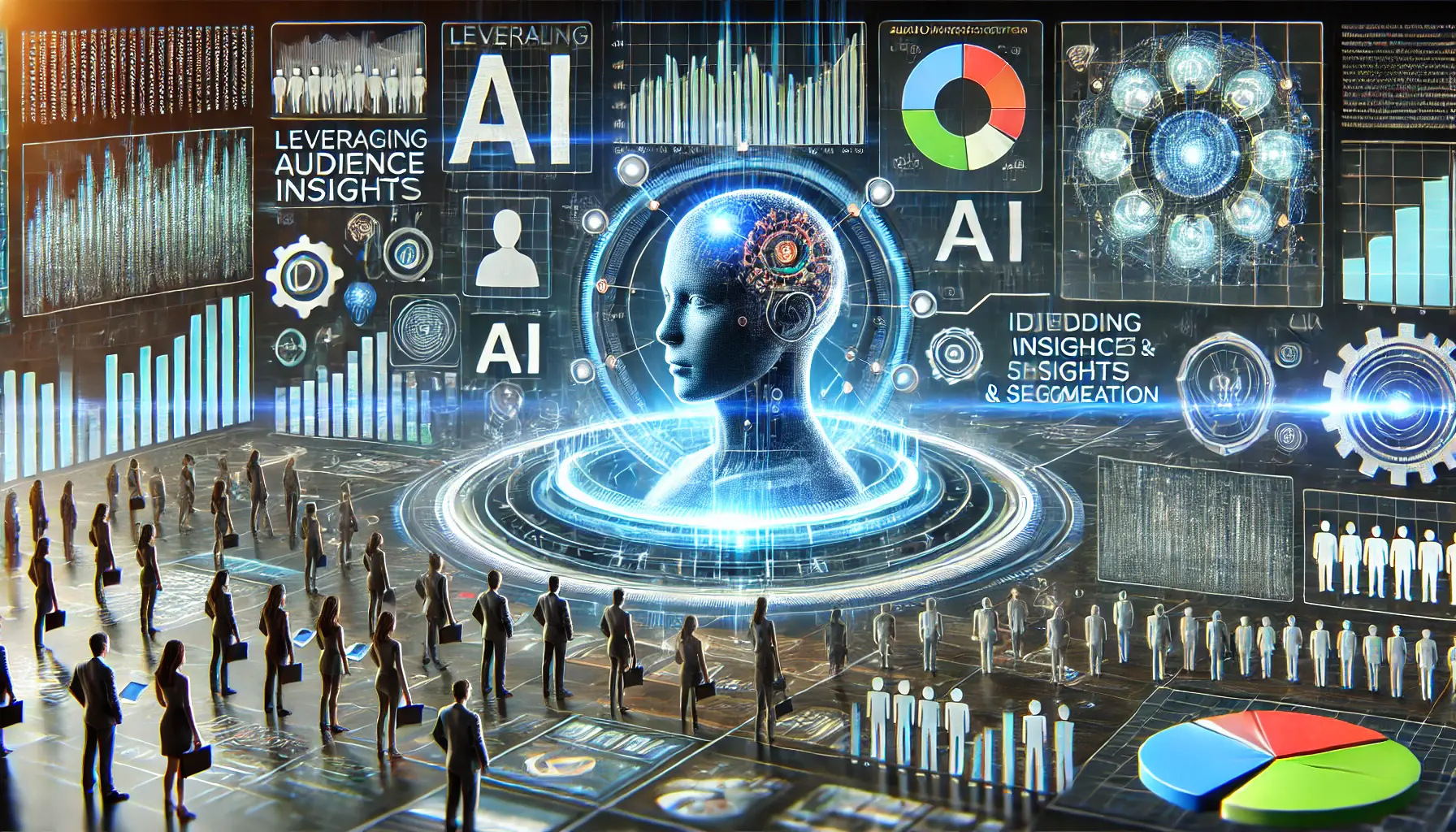
Illustration of AI-driven audience insights and segmentation in digital marketing.
Leveraging AI for Audience Insights and Segmentation
AI tools provide deep insights into audience behavior, preferences, and demographics, enabling precise segmentation and personalized ad experiences.
Understanding your local audience through AI-driven analysis can significantly boost engagement and conversion rates.
- Detailed Analytics: Gain deep insights into audience interactions and preferences.
- Customized Messaging: Create ad content that resonates with local audience segments.
- Increased Engagement: Personalized ads foster stronger connections with future customers.
These AI-powered tactics can be integrated into your local Google Ads campaigns to improve targeting precision, optimize budget allocation, and ultimately maximize ROI.
Stay informed about AI advancements and consistently refine your approach for sustained success.
AI-driven strategies like Performance Max campaigns and smart bidding optimize ROI by enhancing targeting precision and ad effectiveness.
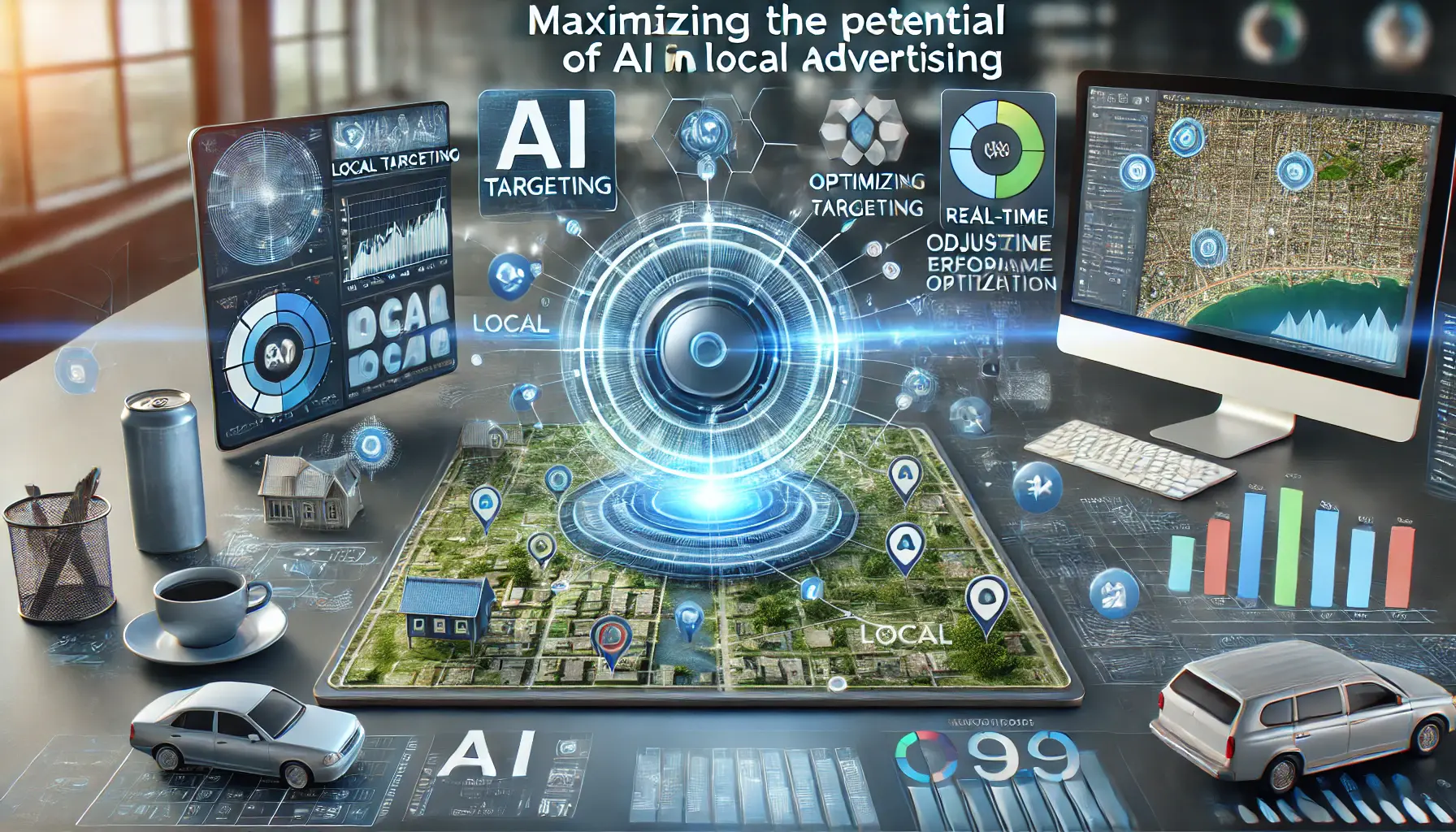
Illustration of AI maximizing targeting potential in local advertising through real-time optimization and geographic maps.
Maximizing the Potential of AI Targeting in Local Advertising
In the ever-changing world of digital marketing, AI targeting has emerged as a revolutionary tool for businesses aiming to enhance their local advertising efforts.
From dynamic ad creation to real-time audience insights, AI provides the ability to connect with the right customers at the right place and time.
By implementing these strategies, businesses can drive engagement and optimize their advertising budgets to achieve measurable returns.

undefined
Key Takeaways from AI-Driven Strategies
In this article, we explored several AI-driven strategies that enable businesses to transform their local advertising.
Here’s a recap of the key points:
- AI-Powered Strategies: Leverage smart bidding, audience segmentation, and machine learning to optimize ad performance and target customers effectively.
- Responsive Search Ads: Use AI to create dynamic, personalized ads that resonate with local audiences and improve campaign efficiency.
- Hyperlocal Marketing: Employ AI-driven contextual advertising and location-based data to craft relevant, engaging campaigns for specific geographic areas.
- Future Trends: Stay ahead by integrating advancements in generative AI, augmented reality, and ethical data usage into your marketing efforts.
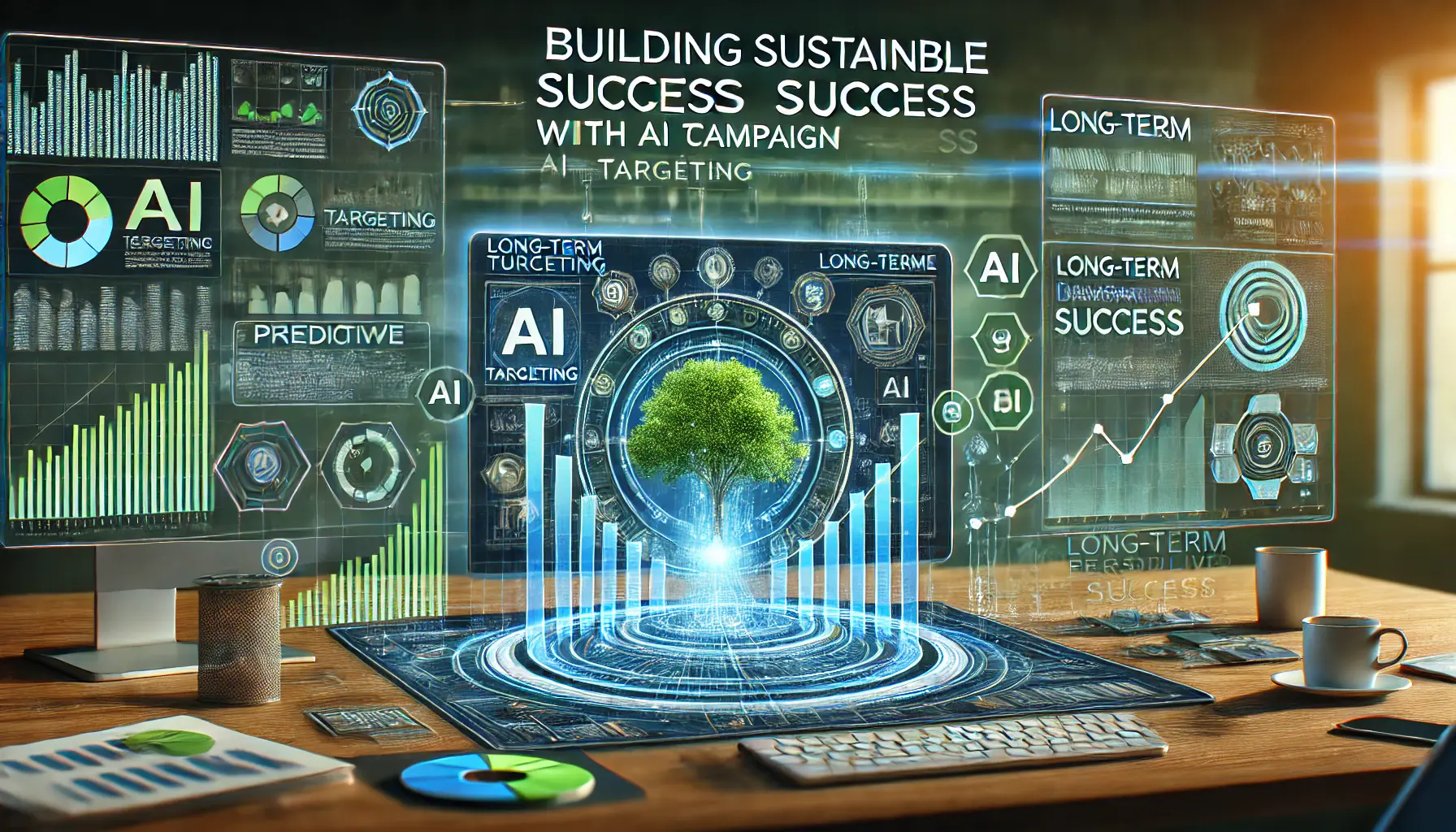
Illustration of building sustainable success with AI targeting, emphasizing long-term growth and stability in digital marketing.
Building Sustainable Success with AI Targeting
For businesses to fully harness the potential of AI targeting, a proactive approach is essential.
This includes continuous learning, staying updated with emerging technologies, and refining strategies to align with the evolving needs of their target audience.
Incorporating tools such as Performance Max campaigns, smart bidding, and audience insights ensures businesses remain competitive in a rapidly changing digital environment.
Moreover, addressing ethical considerations and data privacy concerns is crucial.
Transparency and compliance with regulations not only foster trust but also ensure long-term success in AI-driven advertising.
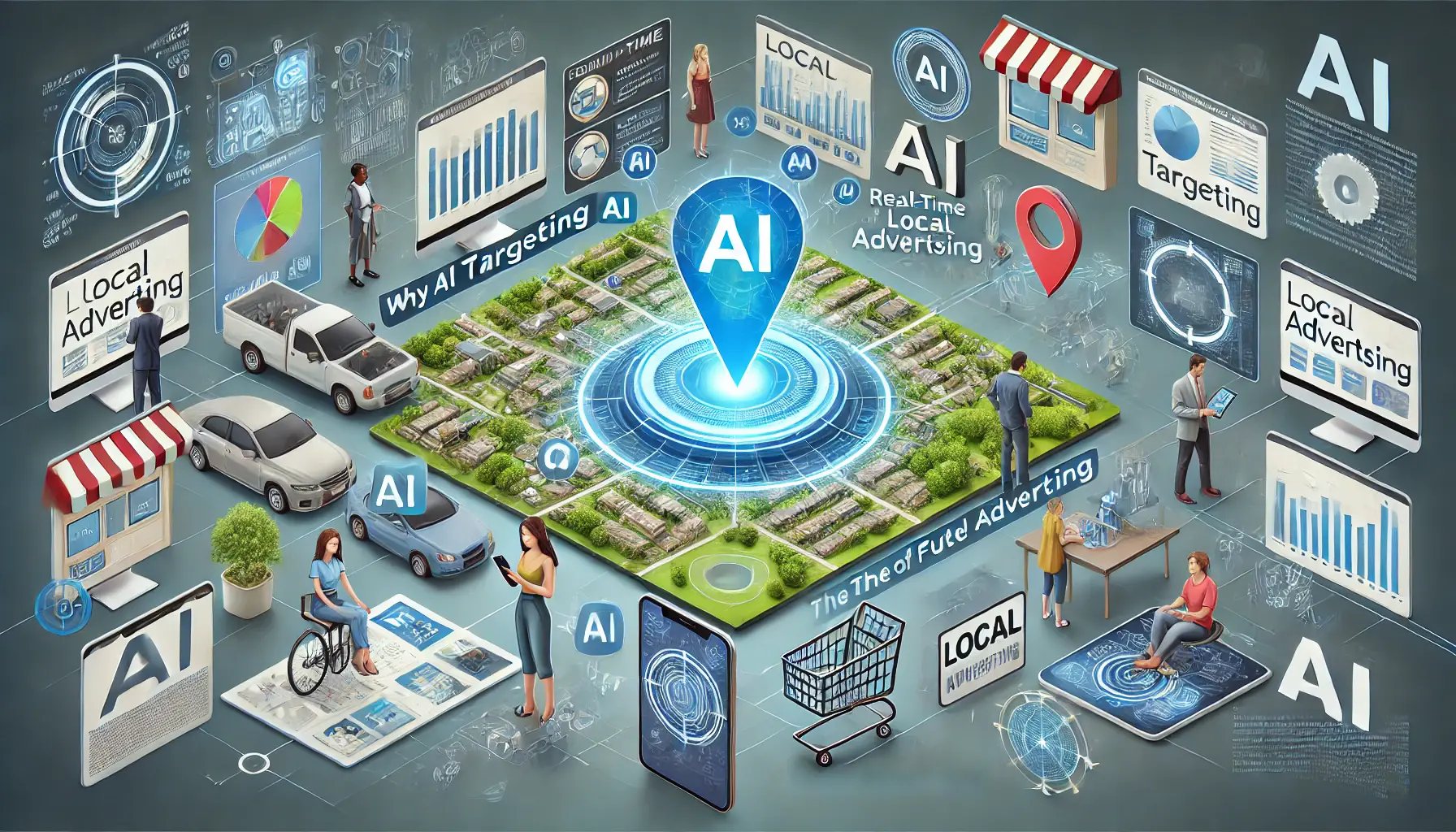
Illustration of why AI targeting is the future of local advertising, showcasing its impact on personalized ad delivery in local markets.
Why AI Targeting is the Future of Local Advertising
The integration of AI targeting into local advertising is no longer just a trend; it is a necessity for businesses aiming to thrive in the digital age.
AI allows companies to build meaningful connections with their audiences through highly relevant, personalized, and timely content, driving growth and increasing ROI over the long term.
As businesses look to the future, embracing AI innovations and refining their marketing strategies will enable them to unlock the full potential of local advertising campaigns.
This approach ensures sustainable success while maintaining a competitive edge in the digital marketplace.
To unlock AI targeting’s full potential, businesses must focus on personalization, ethical AIThe practice of designing and deploying artificial intelligence systems in a fair, transparent, and responsible manner. use, and data-driven optimization for sustainable success.
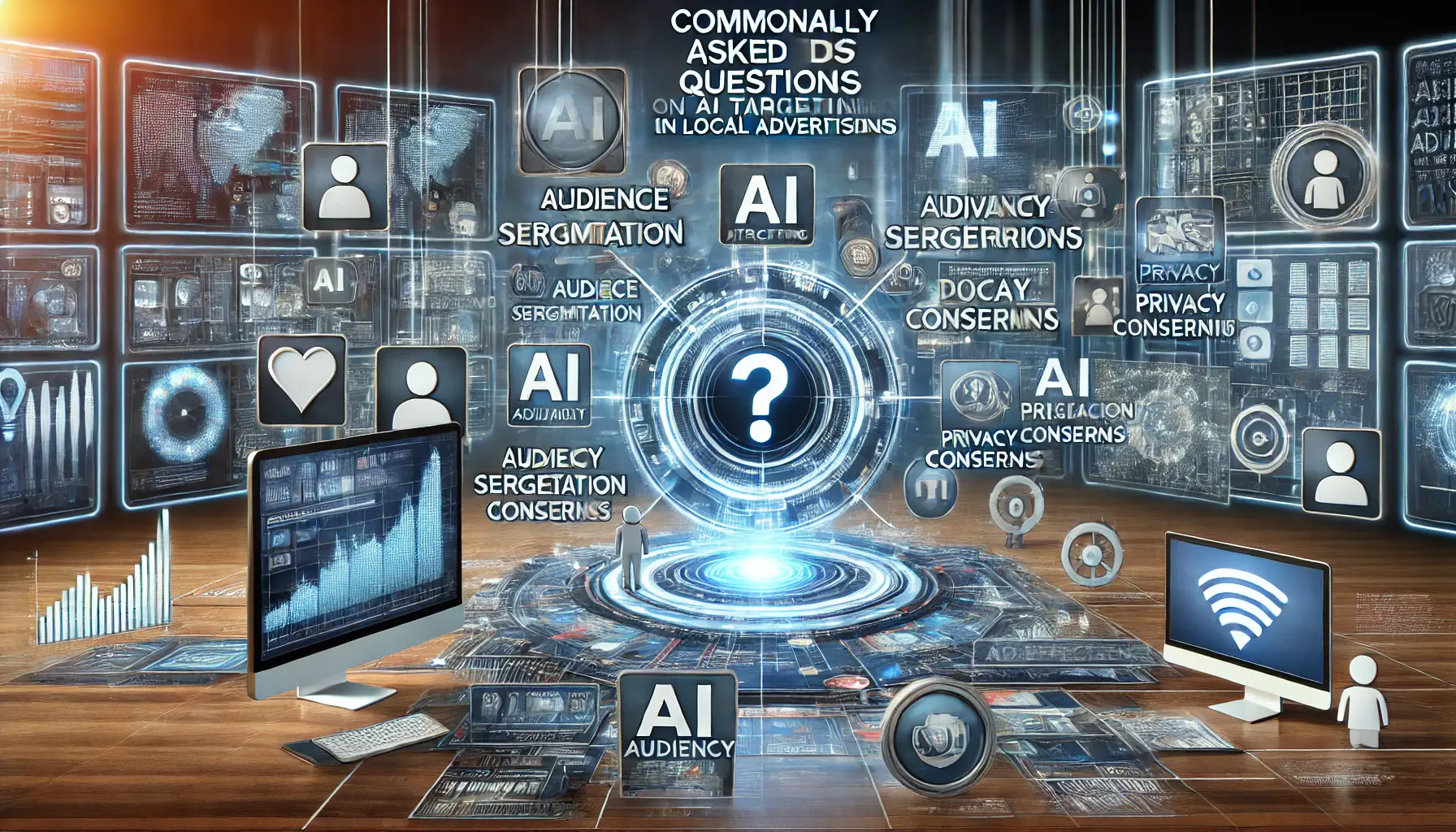
Illustration of commonly asked questions on AI targeting in local advertisements, highlighting the AI’s role in addressing user concerns.
Your campaigns can be managed by an agency specialized in Google Ads, check out our service page.
Commonly Asked Questions on AI Targeting in Local Advertisements
AI targeting is the use of artificial intelligence to analyze data, enabling businesses to deliver messages to local audiences in ways that enhance engagement and conversion rates.
Benefits include improved targeting accuracy, personalized content delivery, real-time optimization, increased engagement, and higher return on investment.
Yes, AI can generate personalized ad content by analyzing individual user data, ensuring ads resonate with specific audience segments.
Hyperlocal marketing with AI involves targeting consumers in specific geographic areas using AI to deliver personalized, location-based advertisements.
AI-driven smart bidding uses machine learning to automatically adjust bids in real-time, optimizing for conversions and maximizing campaign performance.
RSAs are ad formats that use AI to combine multiple headlines and descriptions, creating dynamic ads tailored to user search queries.
AI analyzes vast datasets to identify distinct audience segments based on behavior, preferences, and demographics, enabling targeted advertising strategies.
Future trends include advancements in generative AI for ad creation, integration with augmented reality experiences, and increased focus on ethical considerations and data privacy.
